Visited Universities
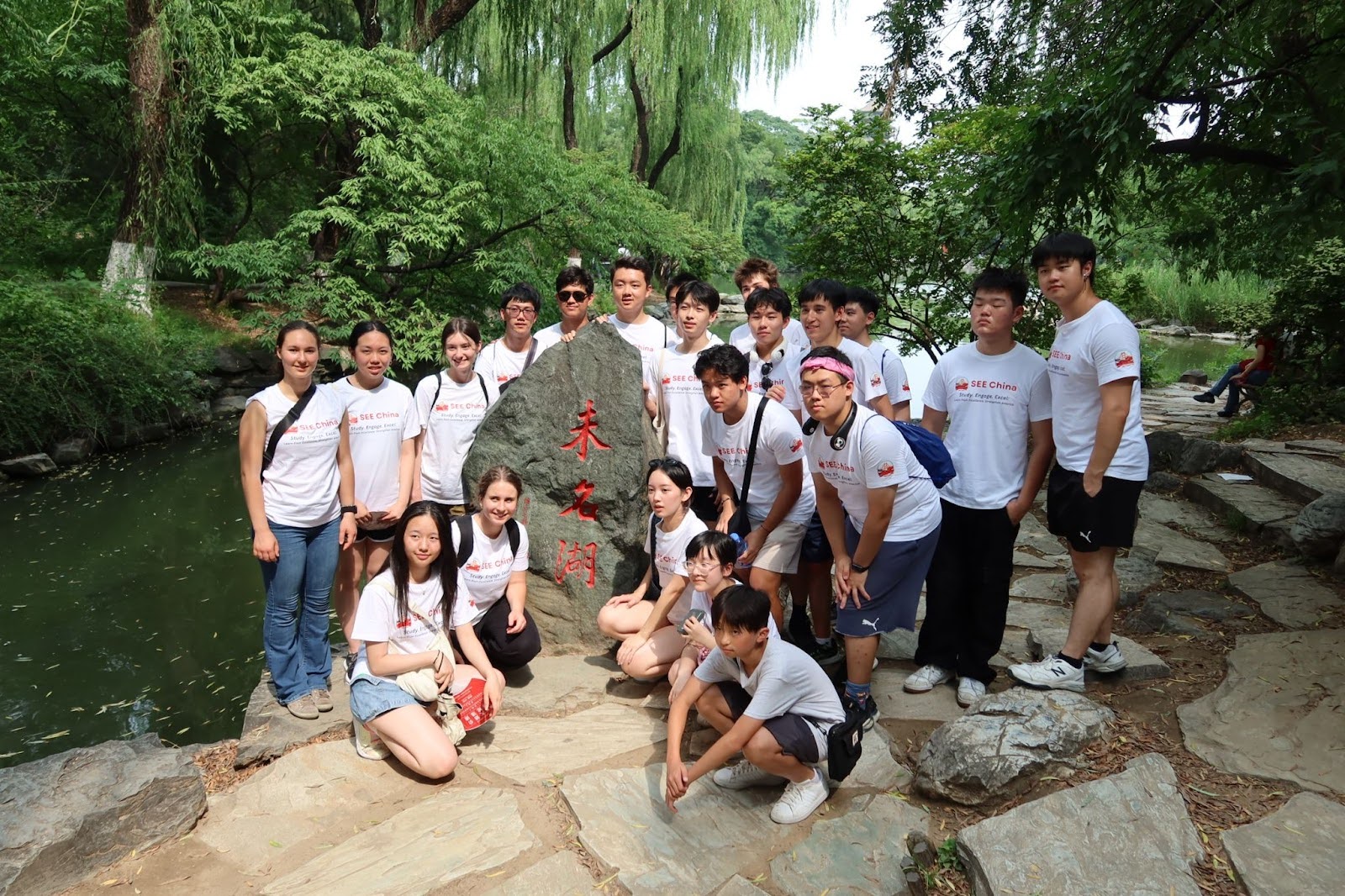
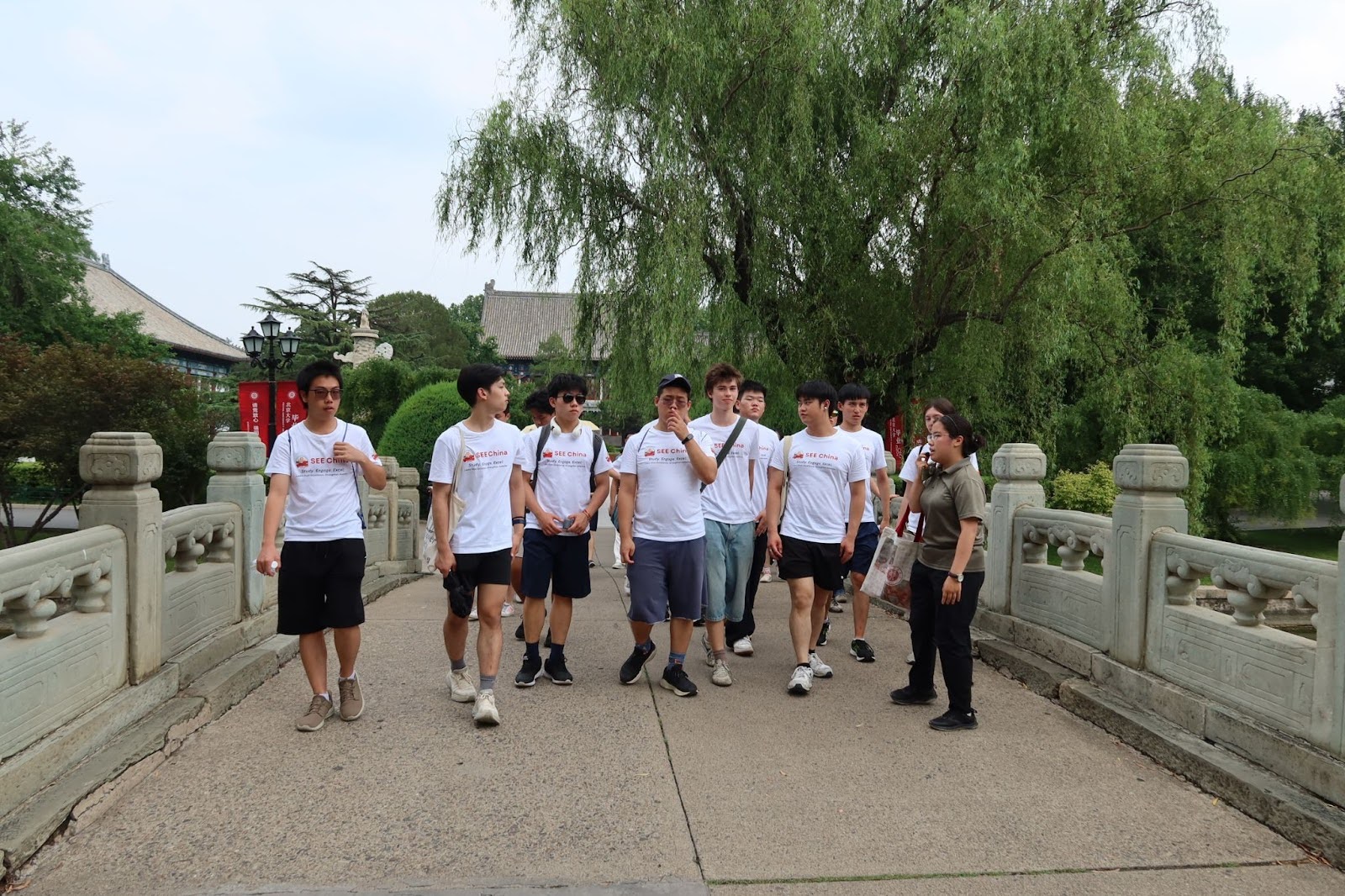

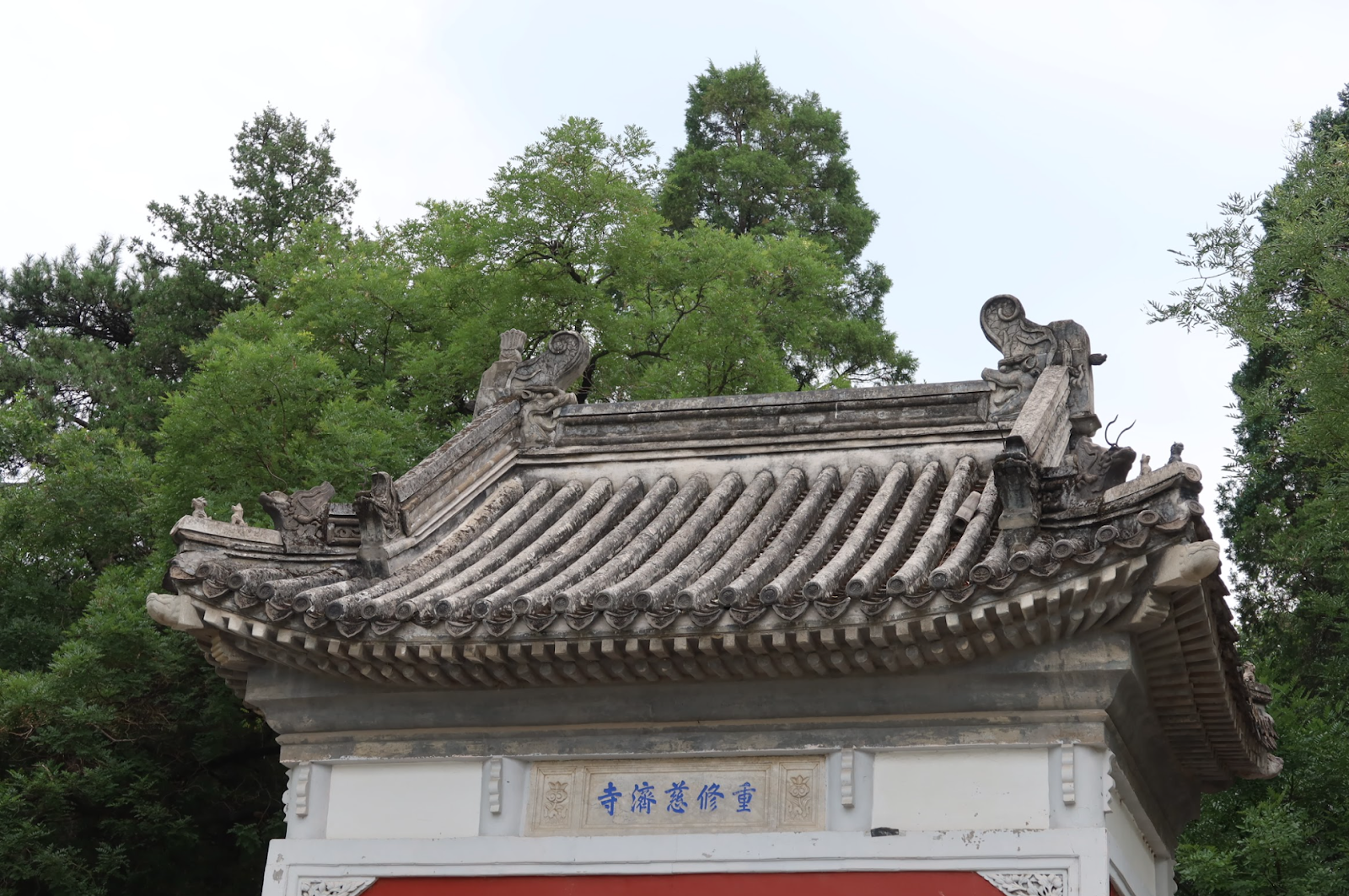
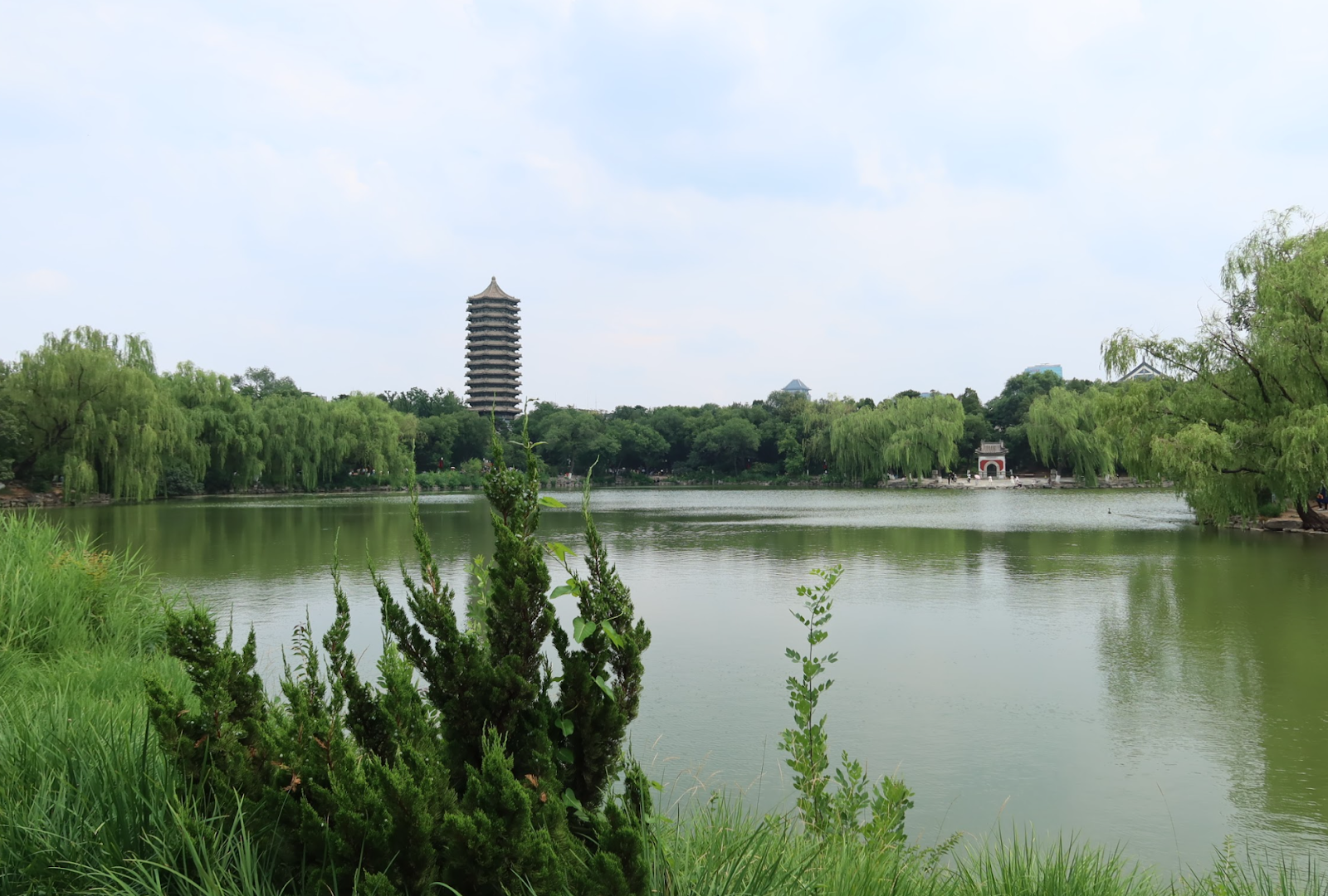
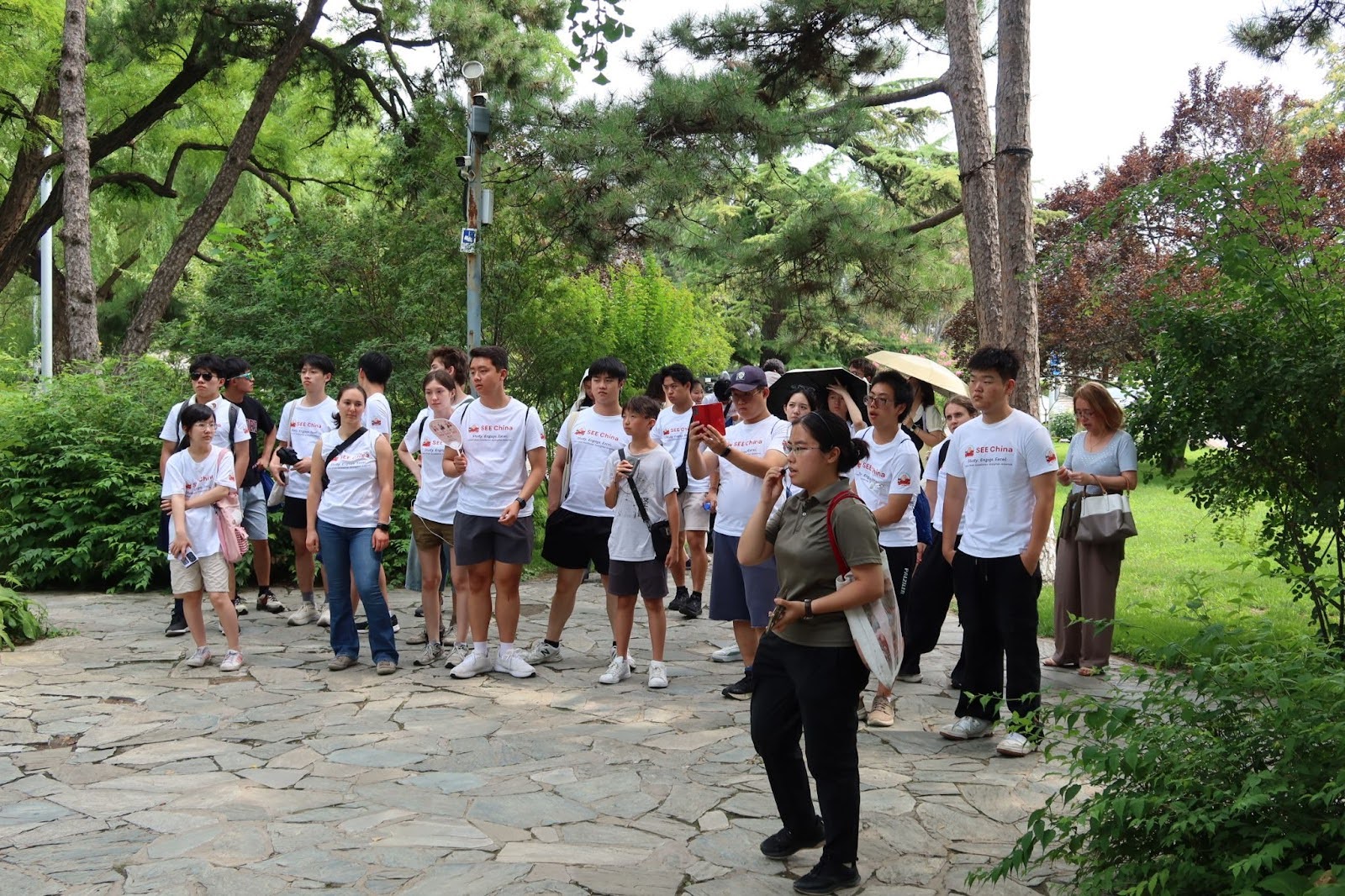
🇨🇳 University Feature | Peking University (北京大学)
1️⃣ University Snapshot
Peking University (PKU)
📍 Beijing, China | Founded: 1898 by reformist official Sun Jian’ai
China’s oldest modern national university and a pillar of elite higher education. Consistently ranks in China’s top two and globally in the #12–25 range.
Top-ranked globally in humanities: #2 in Linguistics and Classics & Ancient History (QS 2025).
World-class research across AI, quantum science, public policy, and global governance. Notable alumni include Nobel laureates Tsung-Dao Lee and Tu Youyou, along with key national policymakers and intellectuals.
📌 “PKU blends China’s academic heritage with progressive innovation.”
2️⃣ Why This University Matters to SEE China
Peking University is a living symbol of China’s modern intellectual tradition—rooted in late Qing reform and continuing through its role in shaping generations of scholars and leaders.
Its global leadership in humanities and social sciences offers a unique lens on how Chinese education informs national identity and policy. With strengths in AI and quantum research, PKU provides a holistic case study of China’s fusion of classical learning and future-facing science.
3️⃣ Higher Education Context & Comparison
Key Driver | Peking University (China) | U.S. Counterparts (e.g., Yale, Berkeley) |
Humanities & Social Science Leadership | Global top rankings in Linguistics, Classics, History, and Public Policy; long legacy of shaping discourse. | Prestigious overall, but PKU surpasses in specific subfields and historical-national integration. |
University–National Strategy Linkage | Embedded in Beijing’s political and innovation core; alumni in tech, policy, academia. | U.S. schools are linked to influence, but less directly embedded in national strategic agendas. |
Research Productivity & Efficiency | Broad disciplinary reach with lower per-student cost; high output in AI, law, quantum, and philosophy. | Higher funding per capita; more selectivity but often smaller in total scale. |
Global Presence & Diplomacy | Maintains international partnerships despite shifting geopolitical climate; long global-facing tradition. | Extensive partnerships globally, though also affected by geopolitics. |
4️⃣ Student Field Highlights
📷 Photos: PKU’s iconic red-brick gates / Linguistics and Classics departments / Quantum computing labs / Public policy roundtables in Haidian
💬 Quote: “At PKU I saw how deep cultural roots and cutting-edge research can coexist—and drive China’s modern story.”
5️⃣ Student Takeaways
“PKU redefined what I thought a ‘world-class’ humanities education could look like—deeply relevant, proudly national, and globally competitive.”
“The link between classical education and AI policy blew my mind—it’s not tradition vs. tech, but tradition shaping tech.”
“I now understand how Chinese universities train future leaders—not just professionals.”
6️⃣ Explore More
📄 Related: “Translational Scholarship in China: From Confucius to Code”
🔁 Compare with: Harvard Society of Fellows | Yale Jackson School of Global Affairs | Berkeley Public Policy & AI Ethics

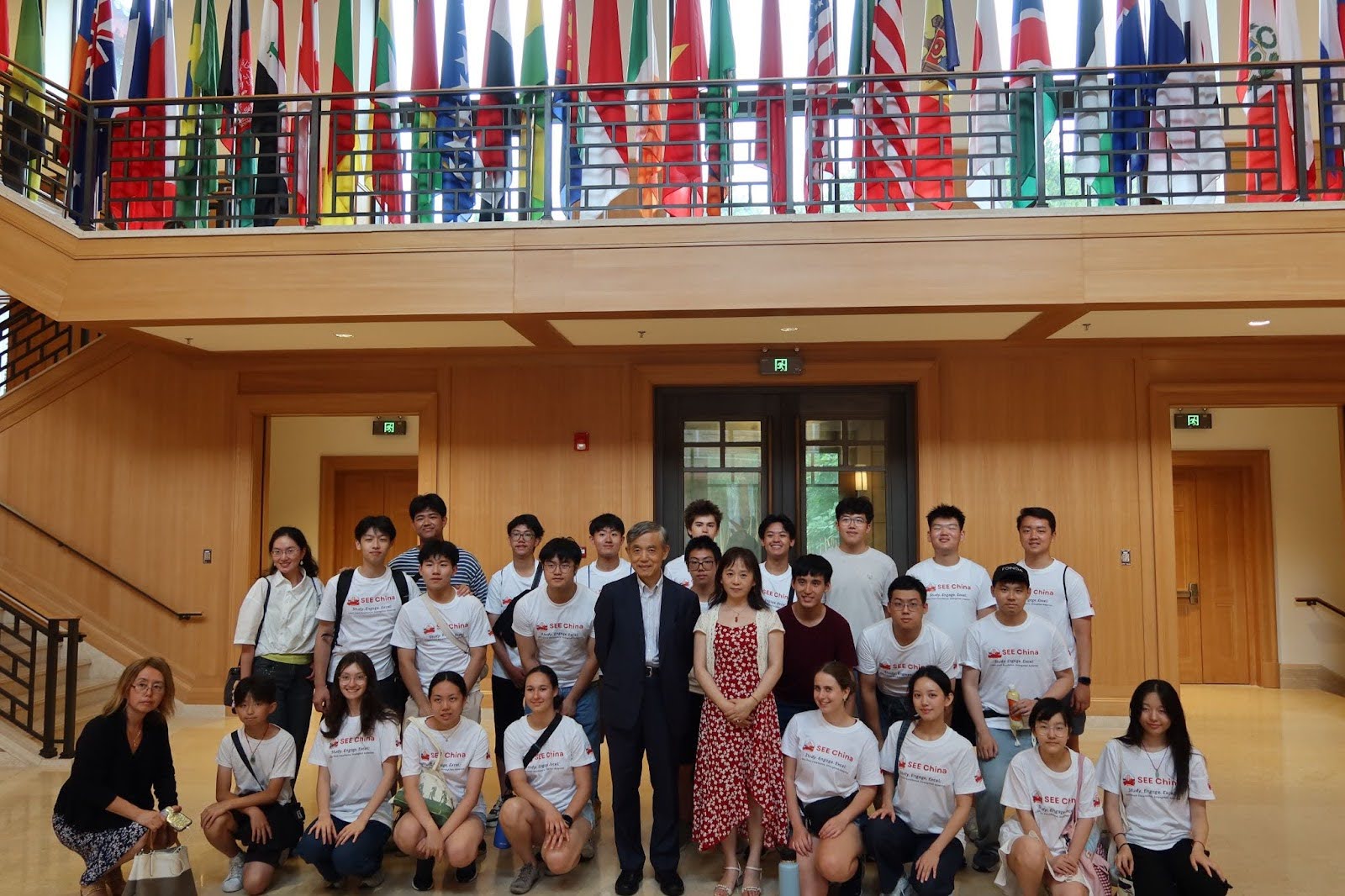

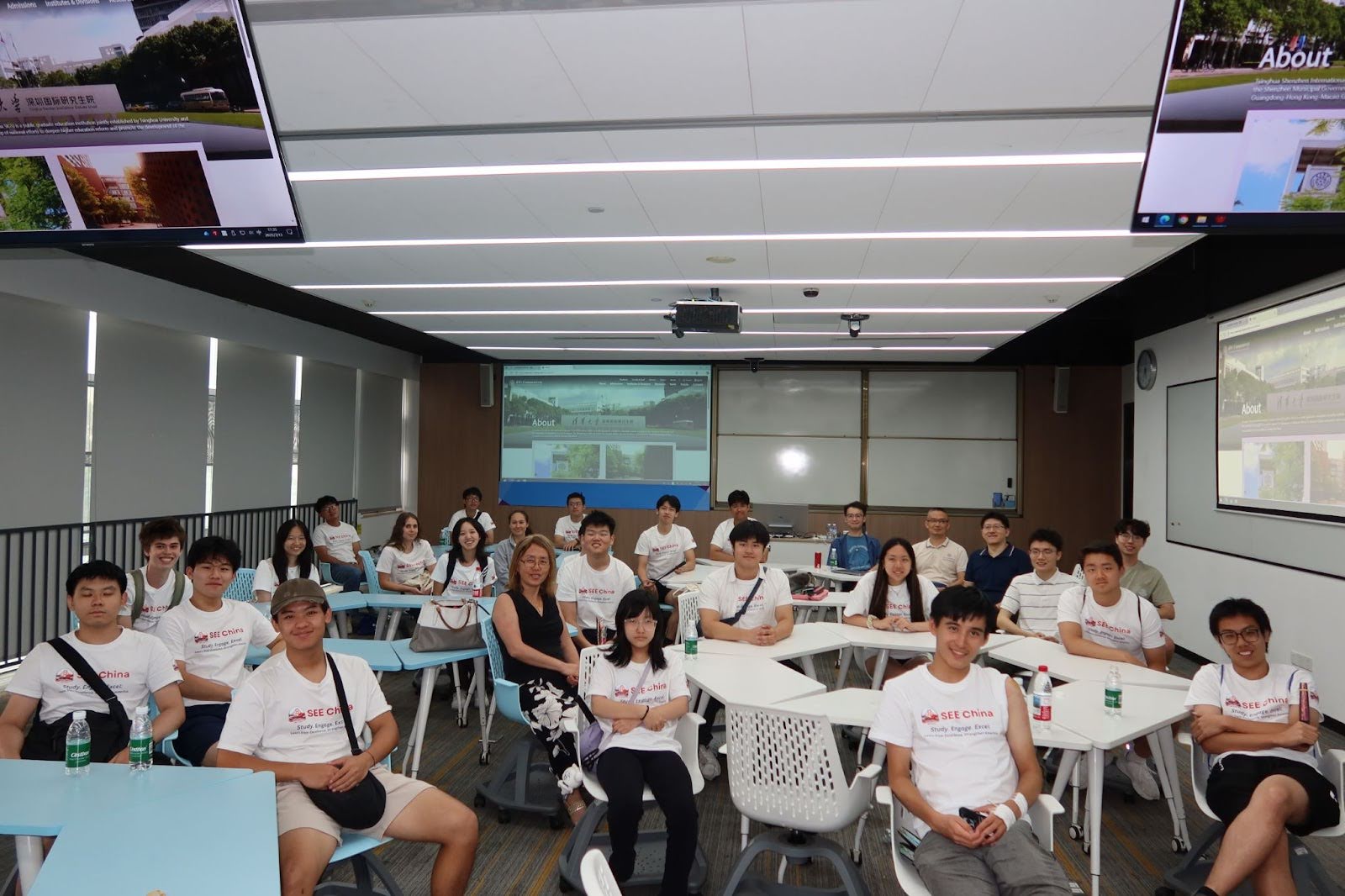
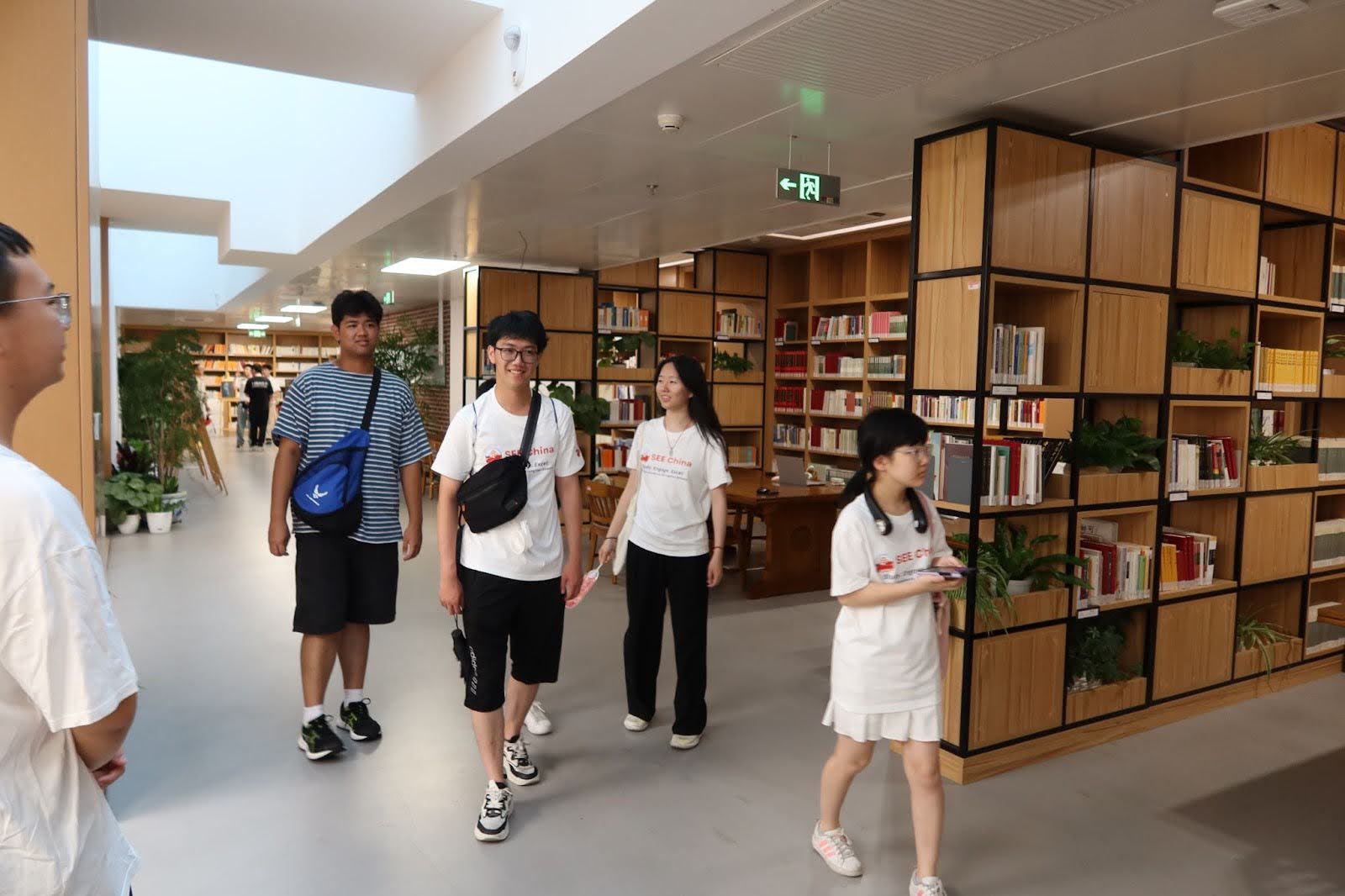

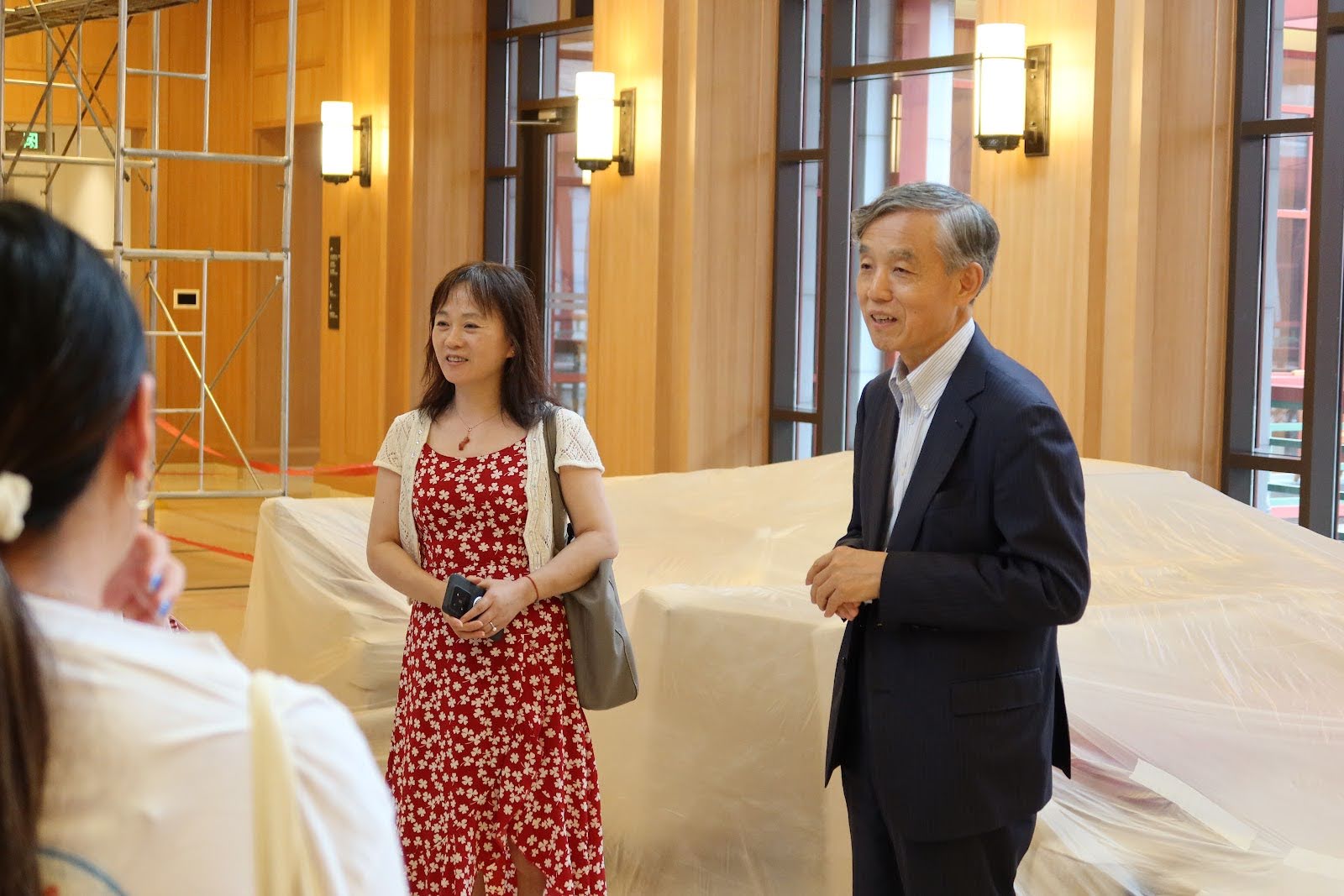
🇨🇳 University Feature | Tsinghua University (清华大学)
1️⃣ University Snapshot
Tsinghua University
📍 Beijing & Shenzhen, China | Founded: 1911 as a preparatory school for students headed to the U.S.; became a full university by 1925
China’s leading STEM-focused institution—consistently ranked #1 nationally and among the world’s top 15 universities.
2025 rankings place Tsinghua: QS – 20th globally, THE – 12th, ARWU – 22nd.
Dubbed the “MIT of China,” Tsinghua is renowned for excellence in engineering, computer science, AI, climate tech, and semiconductors.
📌 “Tsinghua serves as the engine of China’s technological sovereignty.”
2️⃣ Why This University Matters to SEE China
Tsinghua represents the convergence of elite education, state priorities, and frontier R&D. Its Beijing legacy and Shenzhen expansion showcase how national innovation is both historically grounded and future-driven.
With alumni contributing to 20% of China’s AI startups and a third of its technocrats, Tsinghua plays a pivotal role in China’s ambitions across AI, green energy, semiconductors, and strategic tech.
3️⃣ Higher Education Context & Comparison
Key Driver | Tsinghua University (China) | U.S. Counterparts (e.g., MIT, UC Berkeley) |
STEM Research Leadership | Top-ranked globally in engineering, computer science, and environmental fields; Asia’s leader. | Comparable global standing; U.S. schools benefit from deeper funding and mature startup ecosystems. |
Innovation & Industry Links | Foundational hubs like TusPark, RISC‑V lab; deeply tied to Zhongguancun tech district. | U.S. tech schools link to Silicon Valley via robust private VC and commercialization networks. |
Academic Productivity | High-volume research output from a large student and faculty base; guided by national priorities. | U.S. peers invest more per student but scale operations smaller; still lead in tech transfer. |
Global Ranking & Reputation | Regularly in the global top 25 across major rankings; expanding global influence. | MIT and Berkeley often rank higher internationally; longer-standing global brand equity. |
4️⃣ Student Field Highlights
📷 Photos: Historic Beijing campus, Schwarzman Scholars complex, AI labs, Tsinghua–Berkeley Shenzhen Institute, drone swarm and satellite robotics demos
💬 Quote: “Seeing cutting-edge AI work in both Beijing and Shenzhen made clear how deeply integrated Tsinghua is with national innovation goals.”
5️⃣ Student Takeaways
“Tsinghua felt like China’s Silicon Valley was embedded in a university campus.”
“The scale and ambition of their AI and sustainability research were unmatched.”
“Visiting both campuses showed how education, policy, and industry strategy are fused here.”
6️⃣ Explore More
📄 Related: “From Campus to Innovation: Tsinghua’s Role in China’s Tech Transformation”
🔁 Compare with: MIT Media Lab | Stanford AI Lab | Berkeley RISC‑V Research Initiatives
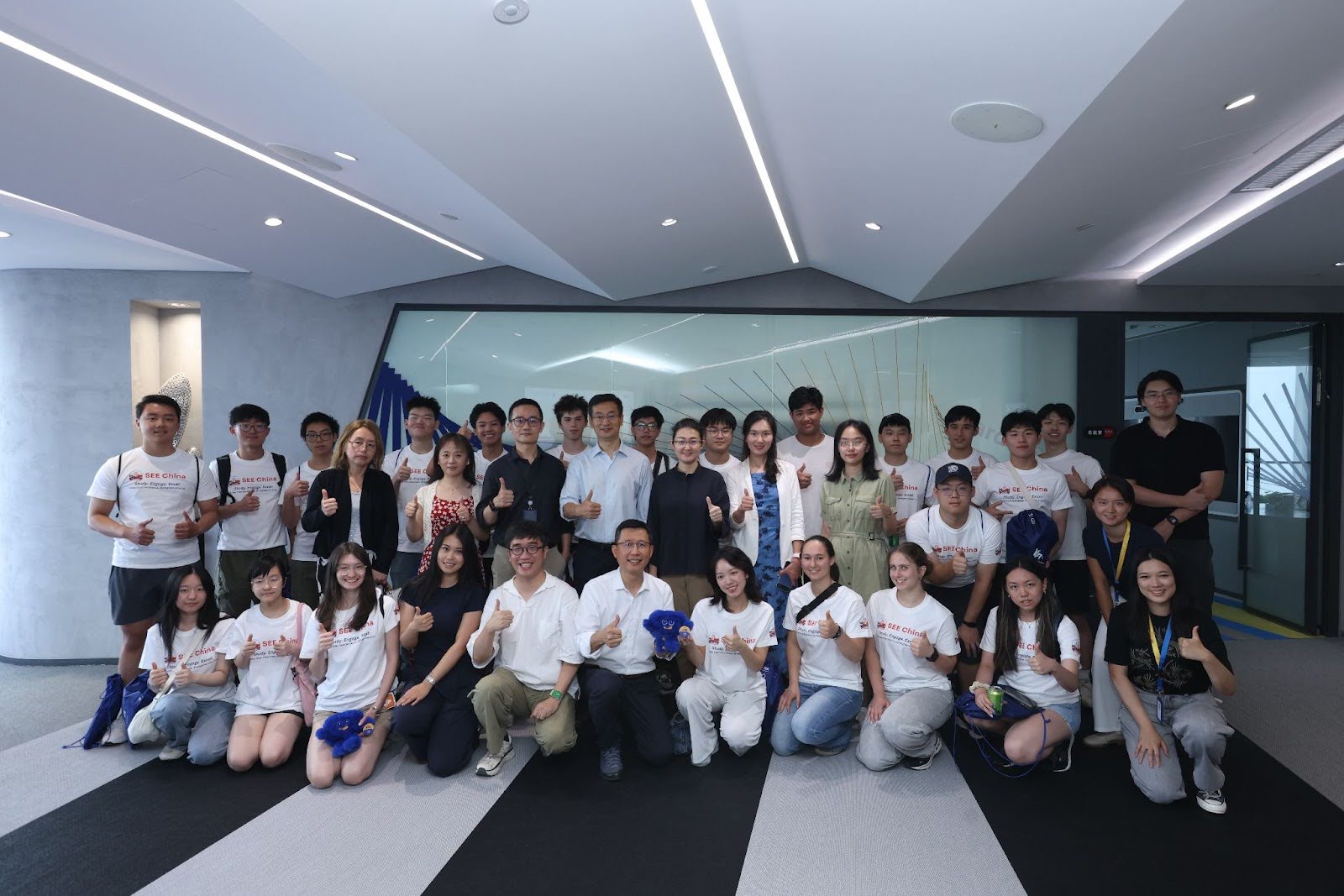
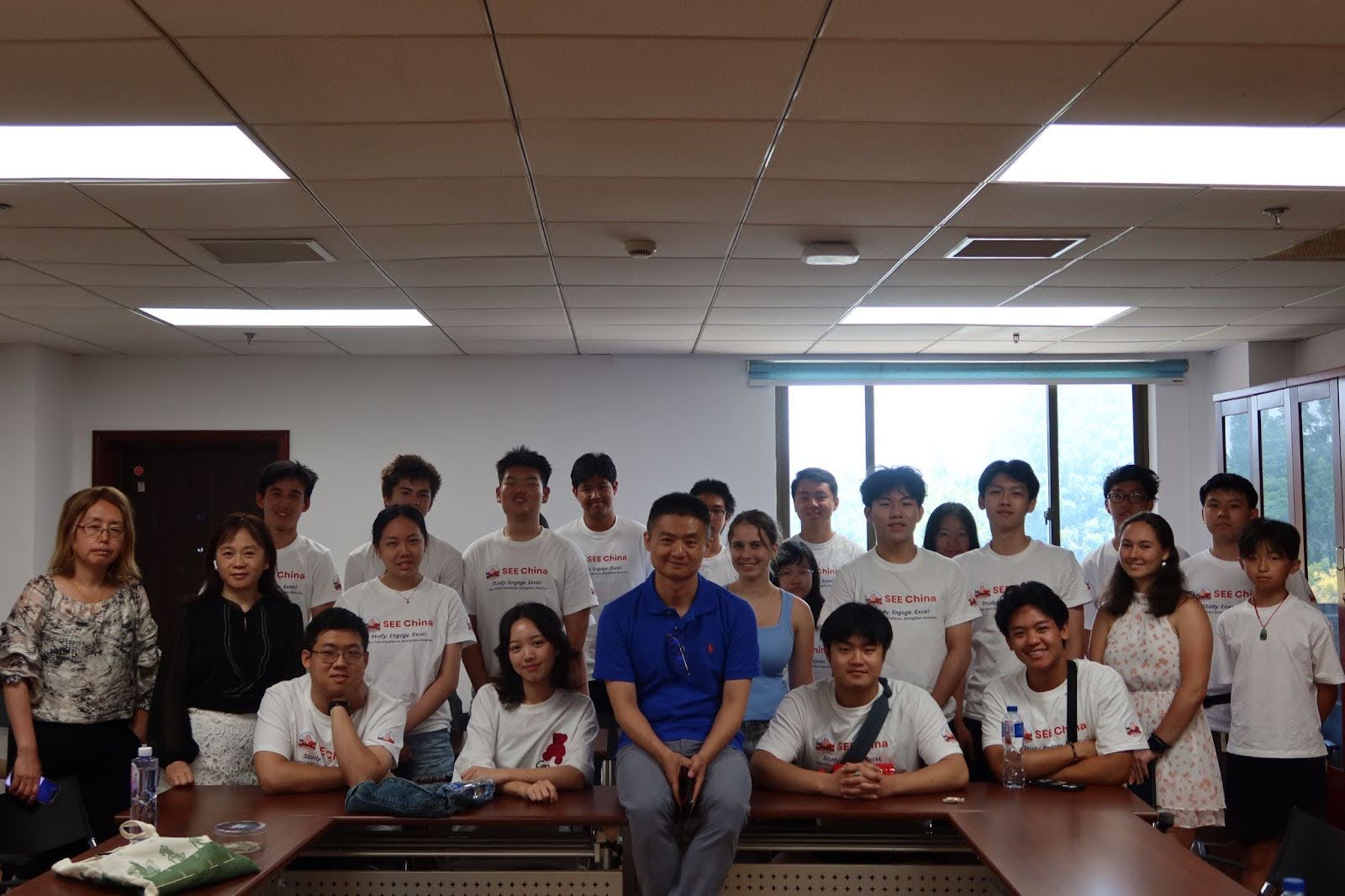
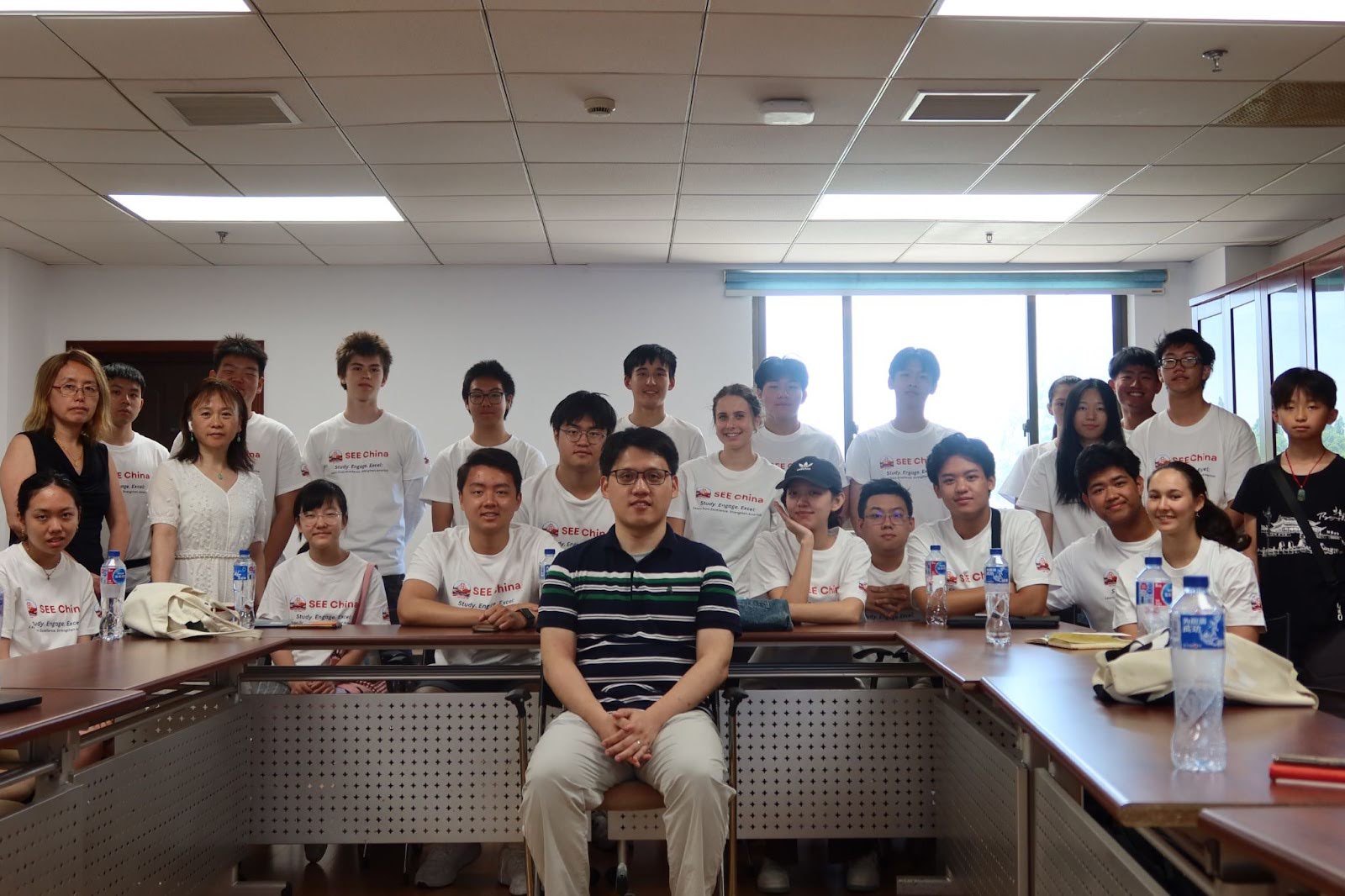
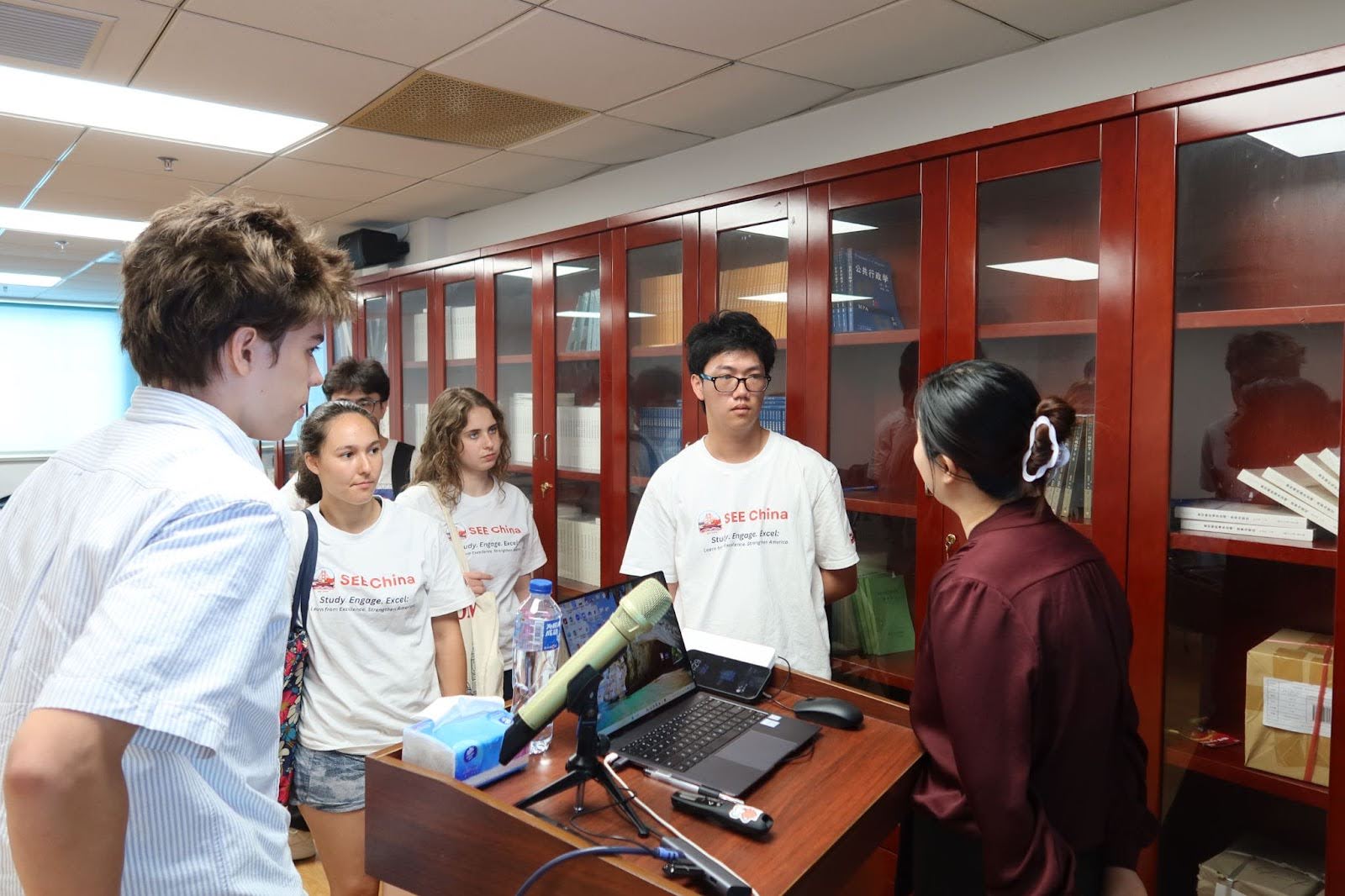
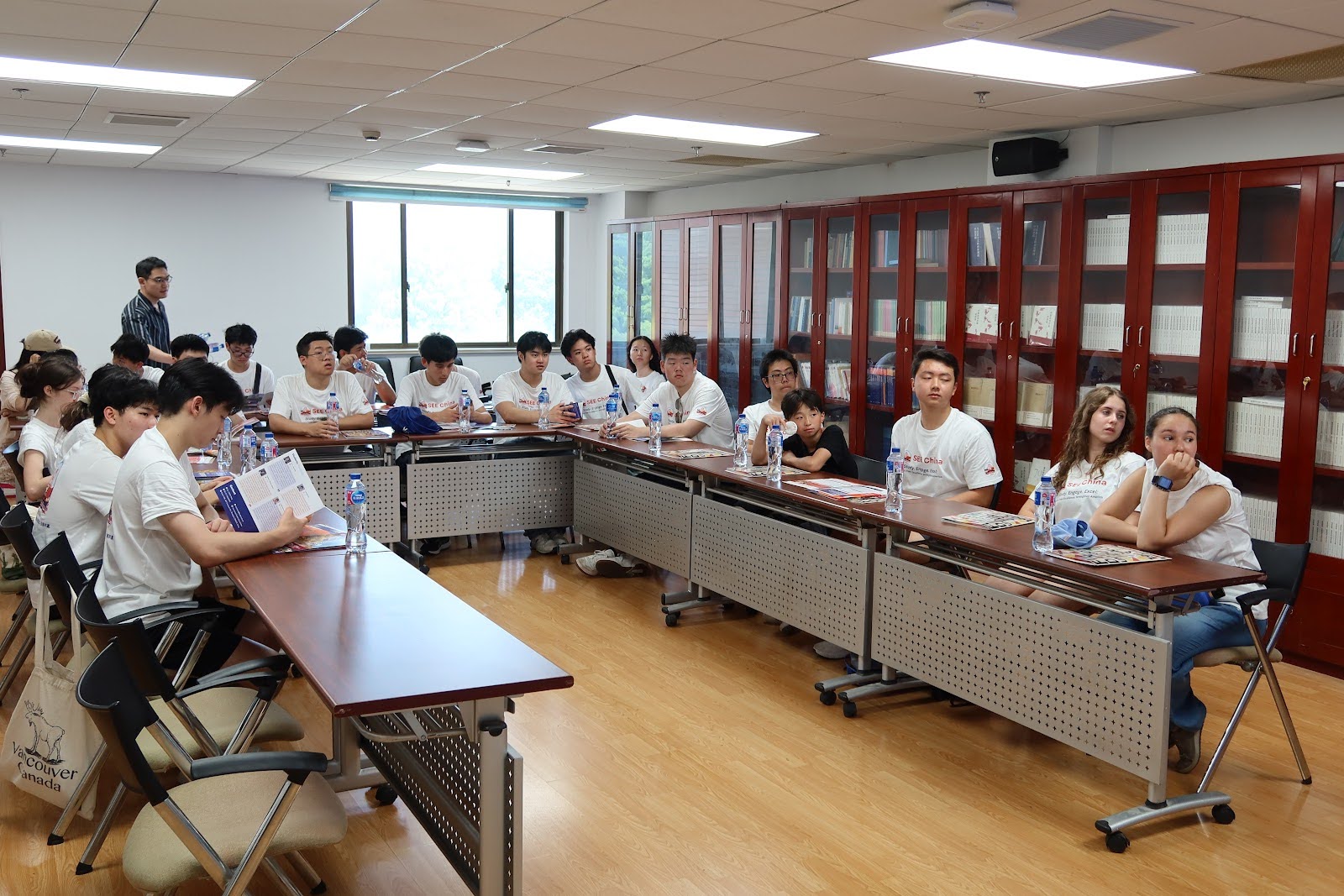
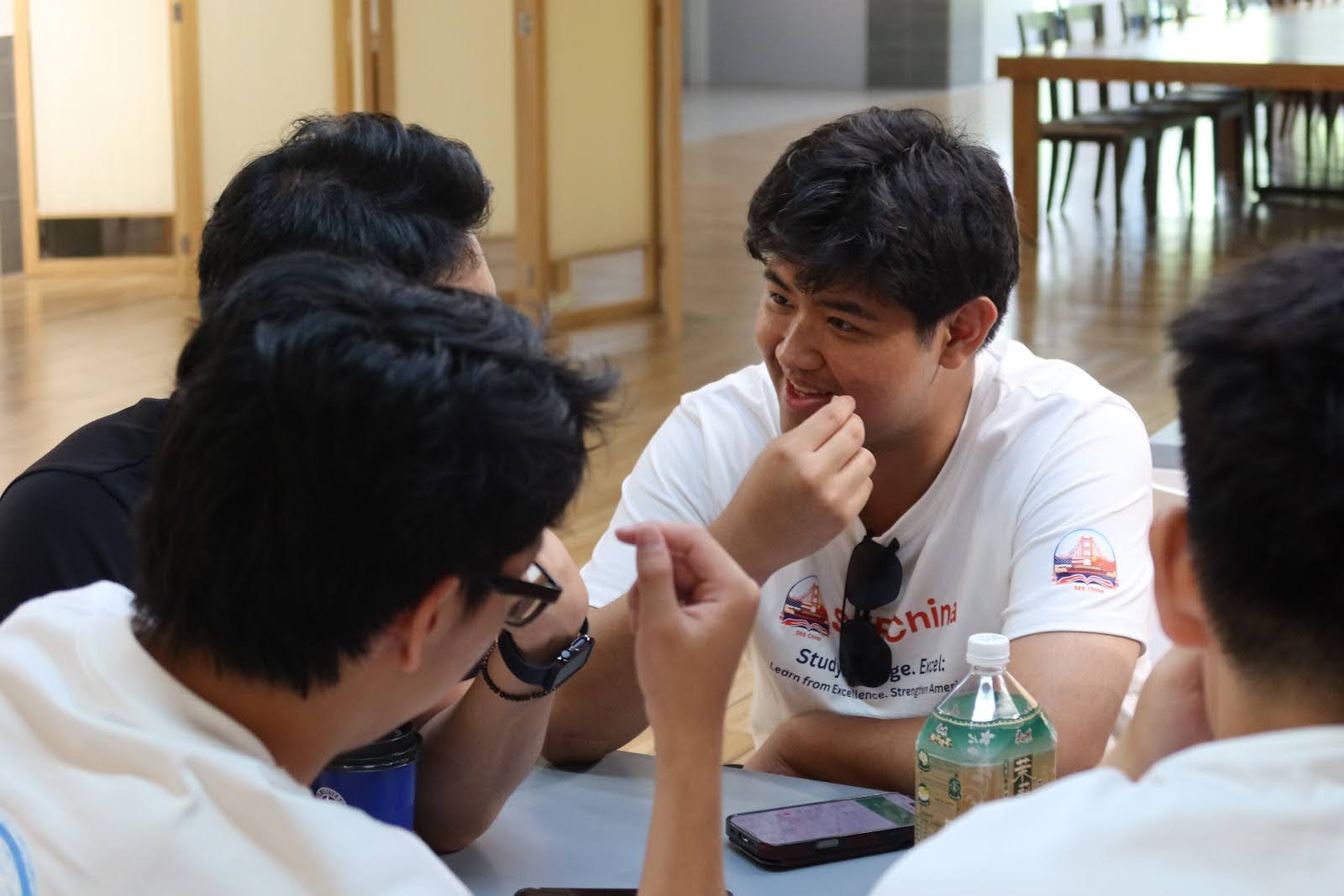
🇨🇳 University Feature | Fudan University (复旦大学)
1️⃣ University Snapshot
Fudan University
📍 Shanghai, China | Founded: 1905 as Fudan Public School, established by Chinese reformers
Consistently ranked among the global top 30–50 (QS 2025: #39, THE 2025: tied #36) and placed 5th nationally.
Member of the prestigious C9 League—China’s equivalent of the Ivy League.
Known for academic excellence in international relations, journalism, business, political science, as well as strong programs in life sciences, medicine, and natural sciences.
Located in Shanghai, Fudan cultivates globally-minded policymakers and business leaders—roughly 10% of NPC delegates are alumni.
📌 “Fudan fuses world-class academic breadth with Shanghai’s global outlook.”
2️⃣ Why This University Matters to SEE China
Fudan combines strong humanities and social sciences with applied tech and medical research in the heart of China’s most international city.
Its Shanghai base gives students exposure to transnational commerce, policy ecosystems, and vibrant academic-industry partnerships.
3️⃣ Higher Education Context & Comparison
Key Driver | Fudan University (China) | U.S. Counterparts (e.g., Michigan, UCLA) |
Academic Productivity | Robust output in social sciences, medicine, engineering, and data science. | Comparable to top U.S. public flagships; private schools lead in niche research funding. |
Humanities & Business | Top-tier in IR, journalism, business, and policy; globally minded programs. | Michigan and UCLA excel similarly, with more established global brand recognition. |
University–Industry Links | Zhangjiang Science Park ties drive med-tech, AI, and data science innovation. | U.S. schools work with local innovation hubs but rely more on private VC ecosystems. |
Global & National Reach | 32,800 students, including ~6,000 international students (~15% undergrad); broad exchanges. | U.S. schools often have a higher percentage of international students and more English programs. |
4️⃣ Student Field Highlights
📷 Photos: Historic Handan and Jiangwan campuses; international relations seminars; journalism labs; business forums; med-tech collaboration hubs in Zhangjiang; global policy workshops
💬 Quote: “At Fudan, blending IR, journalism, and business studies with Shanghai’s dynamism gave me real insight into East–West leadership roles.”
5️⃣ Student Takeaways
“Fudan’s global social science and business orientation shaped my understanding of China as a global policy and commerce hub.”
“Studying here I saw how academic, policy, and media leaders are educated in interconnected ways.”
“Compared to U.S. schools, Fudan’s location in Shanghai and industry links give interdisciplinary students practical immersion in national innovation.”
6️⃣ Explore More
📄 Related: “Academic Independence and Applied Influence: Fudan’s Role in Modern China”
🔁 Compare with: University of Michigan’s International Studies, UCLA’s Luskin School of Public Affairs, Stanford’s innovation labs
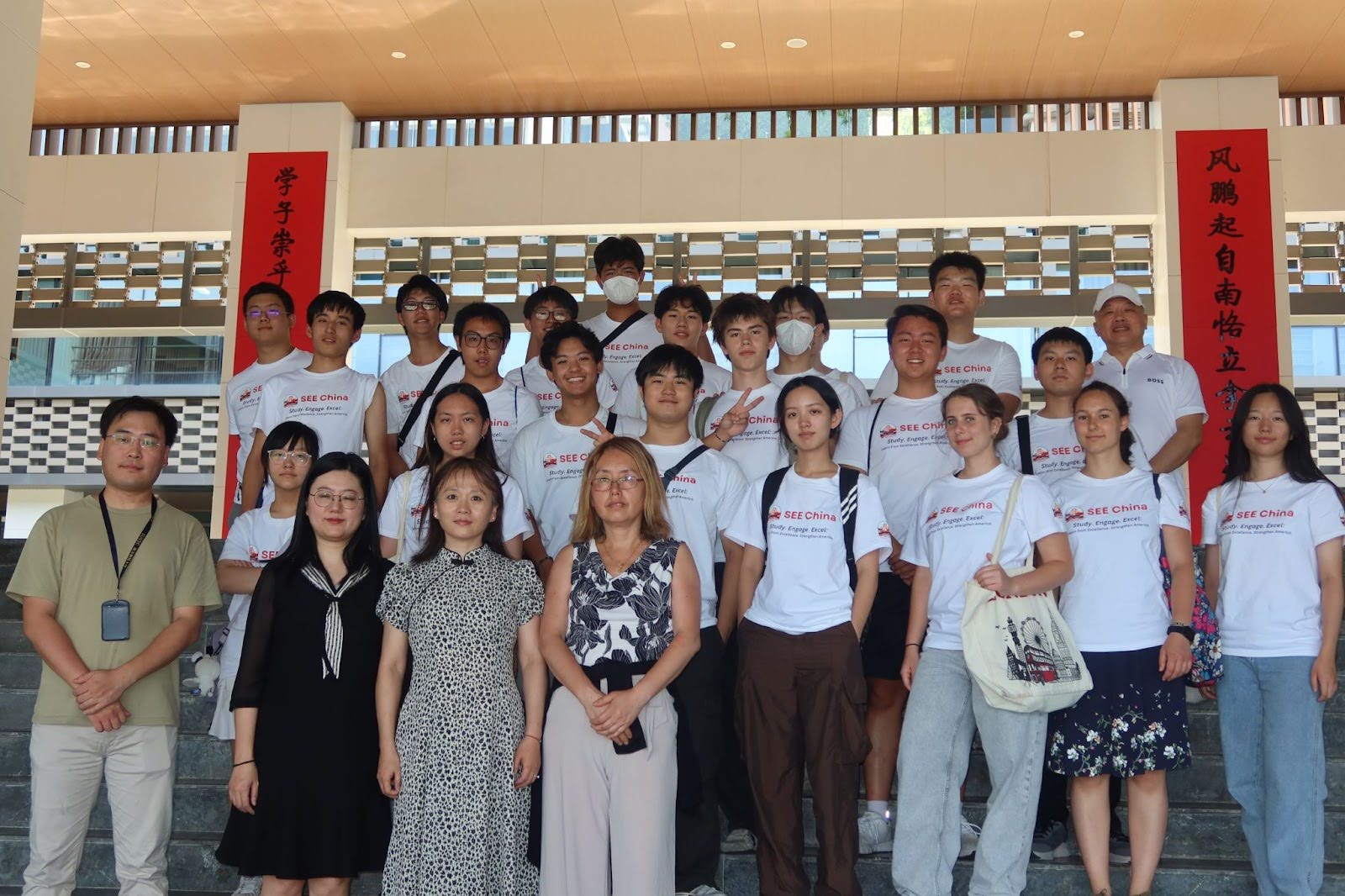
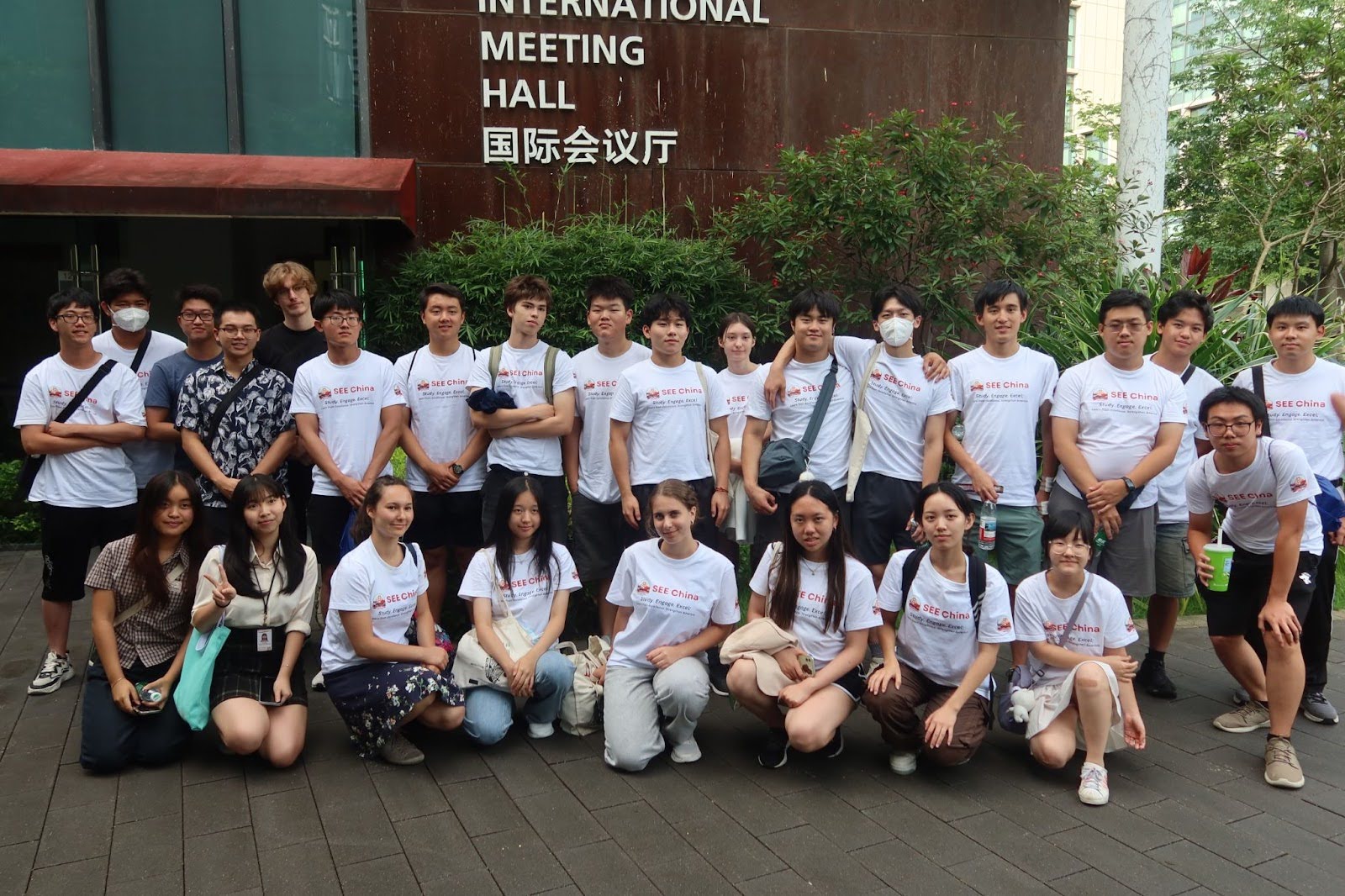
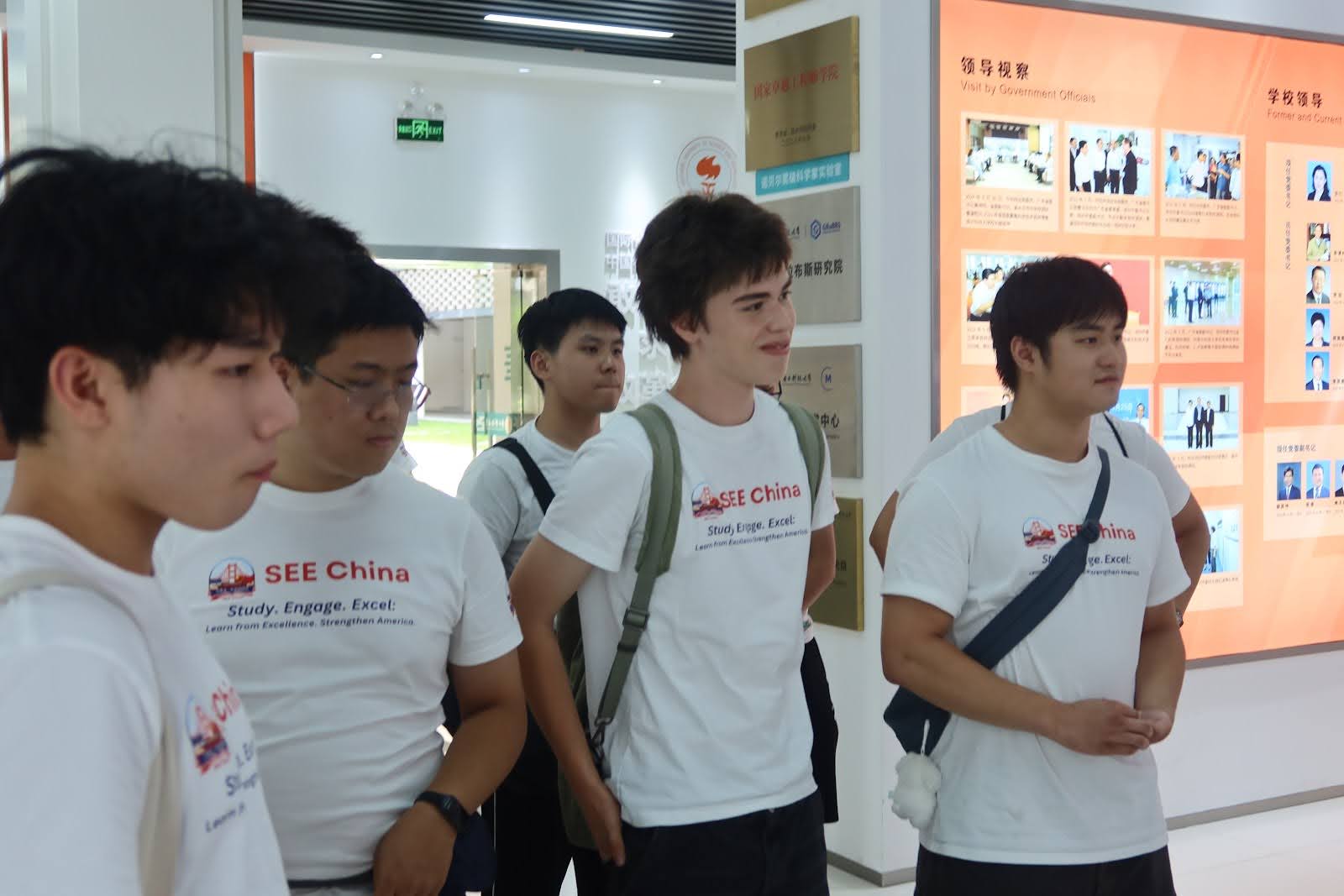

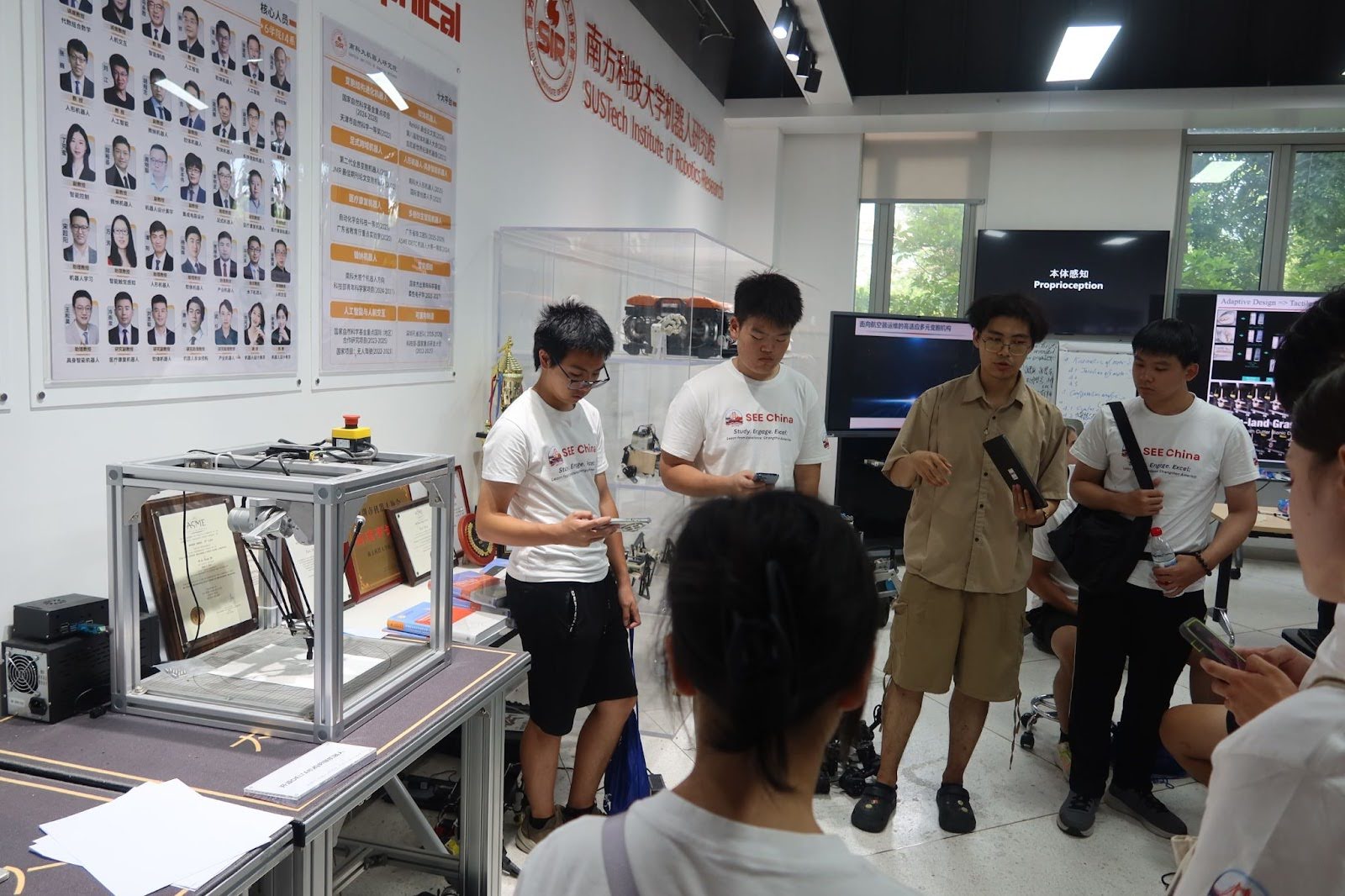
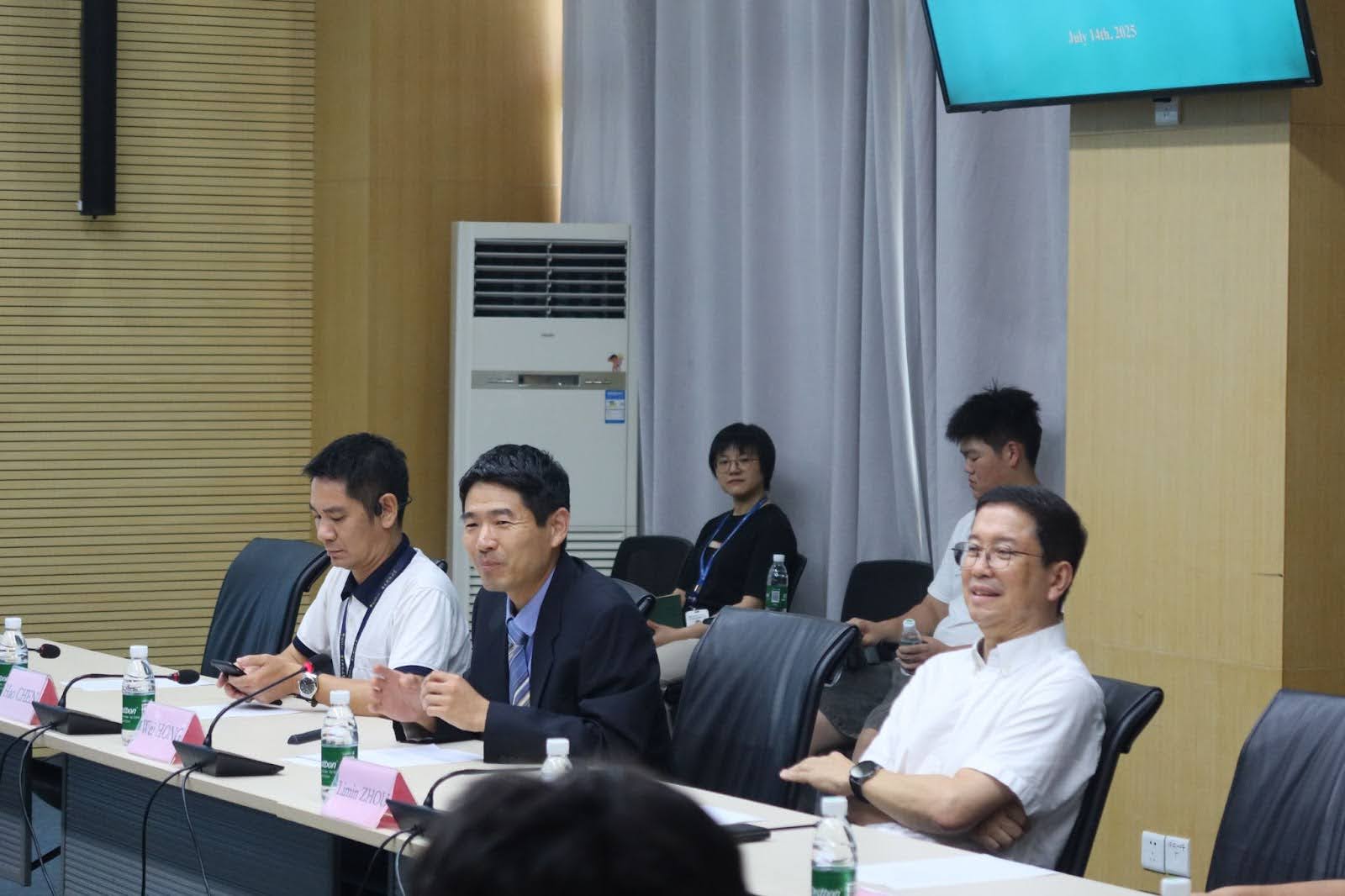
🇨🇳 University Feature | Southern University of Science and Technology (SUSTech)
1️⃣ University Snapshot
Southern University of Science and Technology (SUSTech)
📍 Shenzhen, China | Founded: 2011 (first students); officially approved in 2012
Established as a reform-oriented institution to pioneer a globally competitive research university model in China.
Ranked #183 globally (Times Higher Education 2025)
Despite being one of China’s youngest universities, it ranks among the top national research institutions.
Noted for rapid growth in engineering, computer science, materials science, environmental science, and biomedical innovation.
Globally recruited faculty and emphasis on academic openness set it apart.
📌 “A next‑gen university rooted in reform, innovation, and city‑wide integration.”
2️⃣ Why This University Matters to SEE China
SUSTech represents how China’s education reform meets high-tech urban innovation.
Its deep integration with Shenzhen’s tech ecosystem gives SEE China students a front-row seat to how academia links with real-world engineering, smart cities, and industrial R&D.
3️⃣ Higher Education Context & Comparison
Key Driver | SUSTech (China) | Comparisons (e.g., CMU, Georgia Tech, MIT) |
Productivity & Integration | Fast-paced robotics, AI, and UAV prototyping through city-linked research labs. | U.S. peers excel in robotics too, but operate on longer academic and industry cycles. |
Innovation Ecosystem | Close to Shenzhen’s advanced manufacturing; fast startup feedback loops and open-source mindset. | U.S. schools have stronger VC pipelines, but often slower commercialization. |
Young Academic Recognition | Globally ranked, rising in Nature Index, and part of national Double First-Class initiative. | U.S. peers benefit from decades of legacy; SUSTech offers speed, agility, and bold experimentation. |
City Integration & Talent | Founded by Shenzhen city as a reform pilot; contributes to smart-city infrastructure and tech policy. | Similar to MIT’s civic impact, but Shenzhen offers a more experimental, tech-driven urban landscape. |
4️⃣ Student Field Highlights
📷 Photos: Nanshan campus and green architecture; drone swarm labs and robotics demos; engineering halls; smart-city testbeds
💬 Quote: “The robotics lab at SUSTech showed me how urban innovation and university research can move at Shenzhen pace.”
5️⃣ Student Takeaways
“SUSTech gave me real-world experience in robotics within months—not years.”
“The English‑taught curriculum was accessible at first, but many technical courses turned bilingual; international faculty help bridge the gap.”
“Visiting leadership and labs showed how this young institution already punches above its weight in applied AI and autonomous systems.”
6️⃣ Explore More
📄 Related: “University Reform in Action: SUSTech as China’s Tech Gateway”
🔁 Compare with: Carnegie Mellon Robotics Institute, Georgia Tech ASPIRE, MIT Media Lab
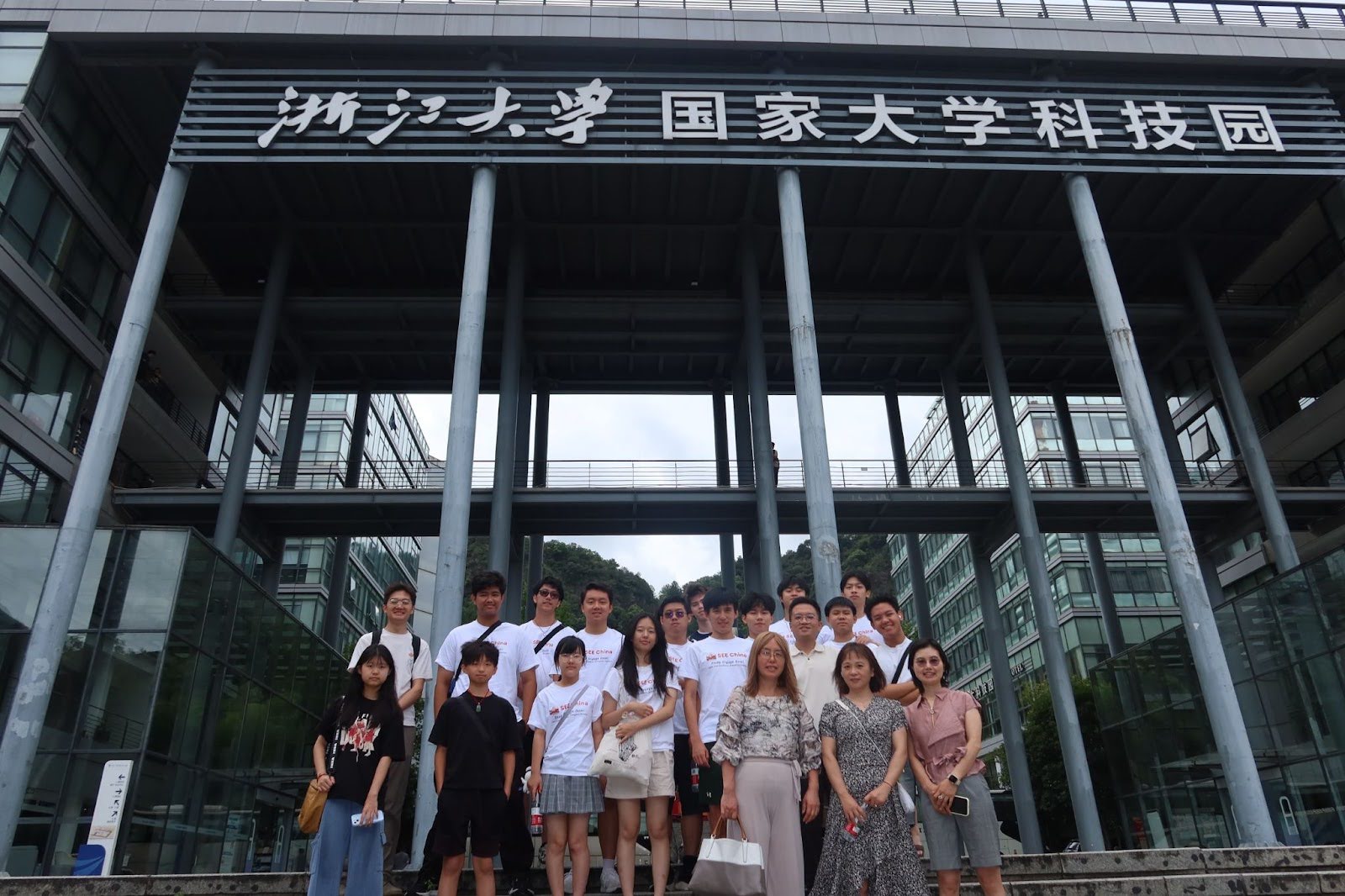
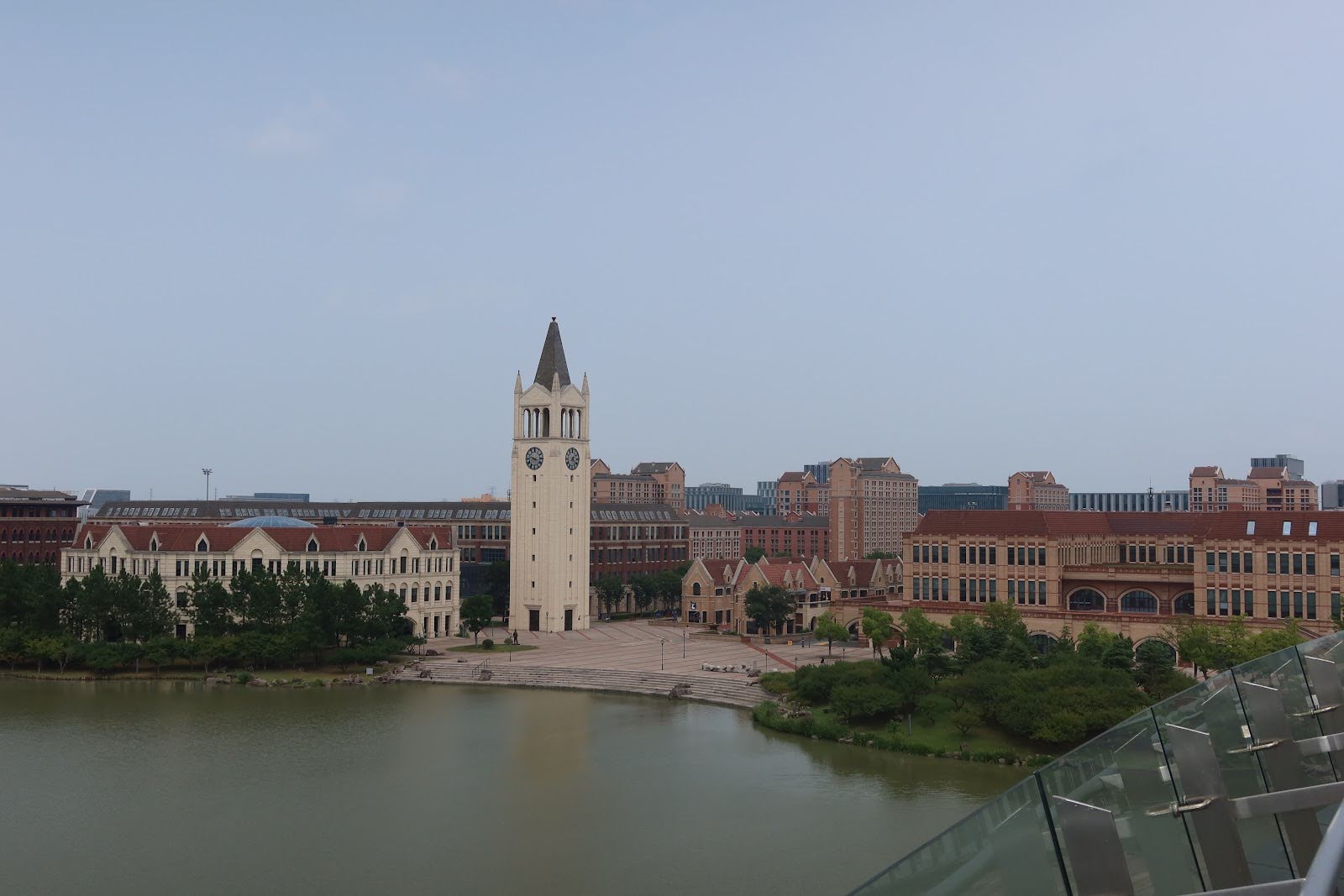
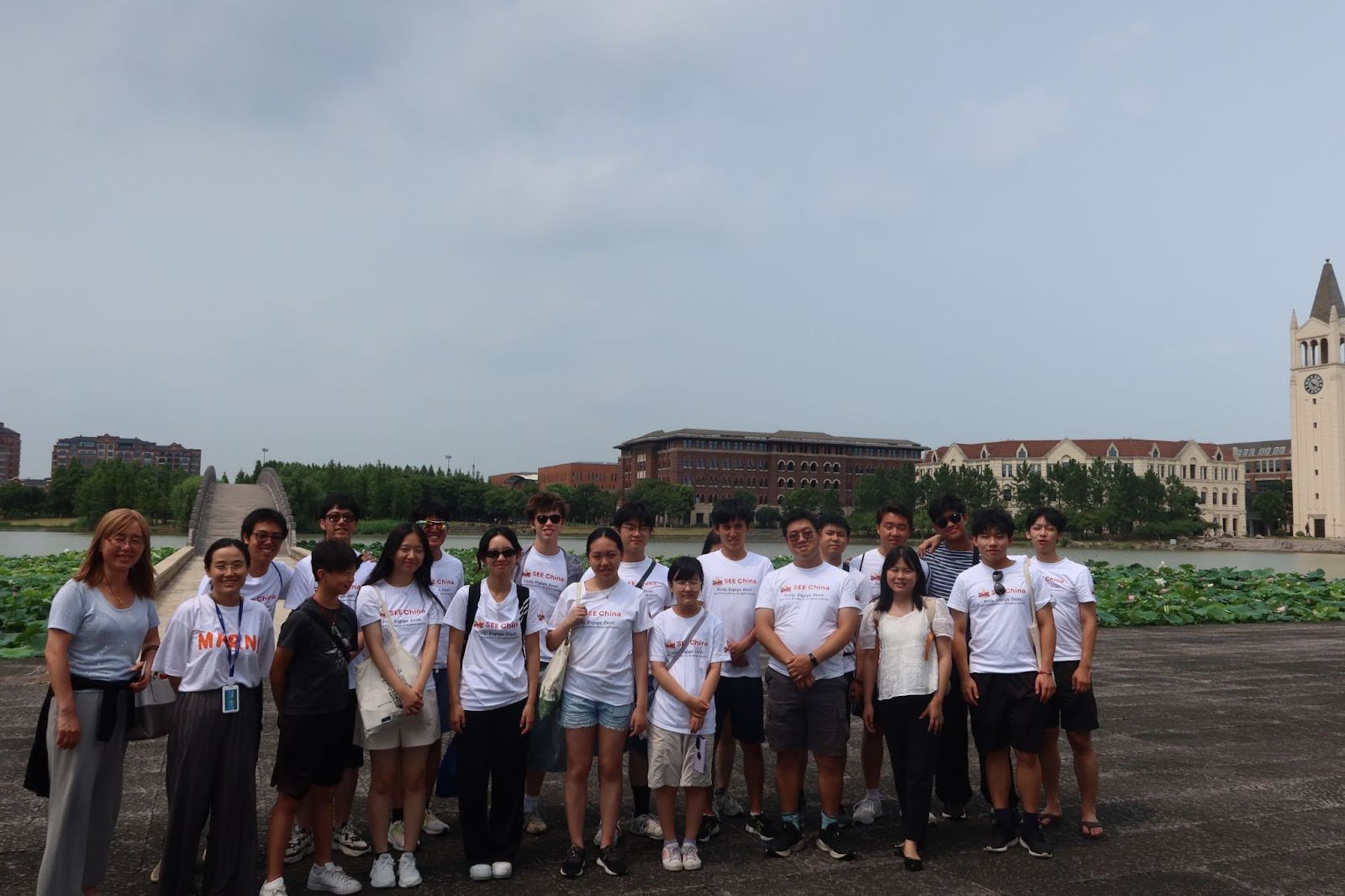
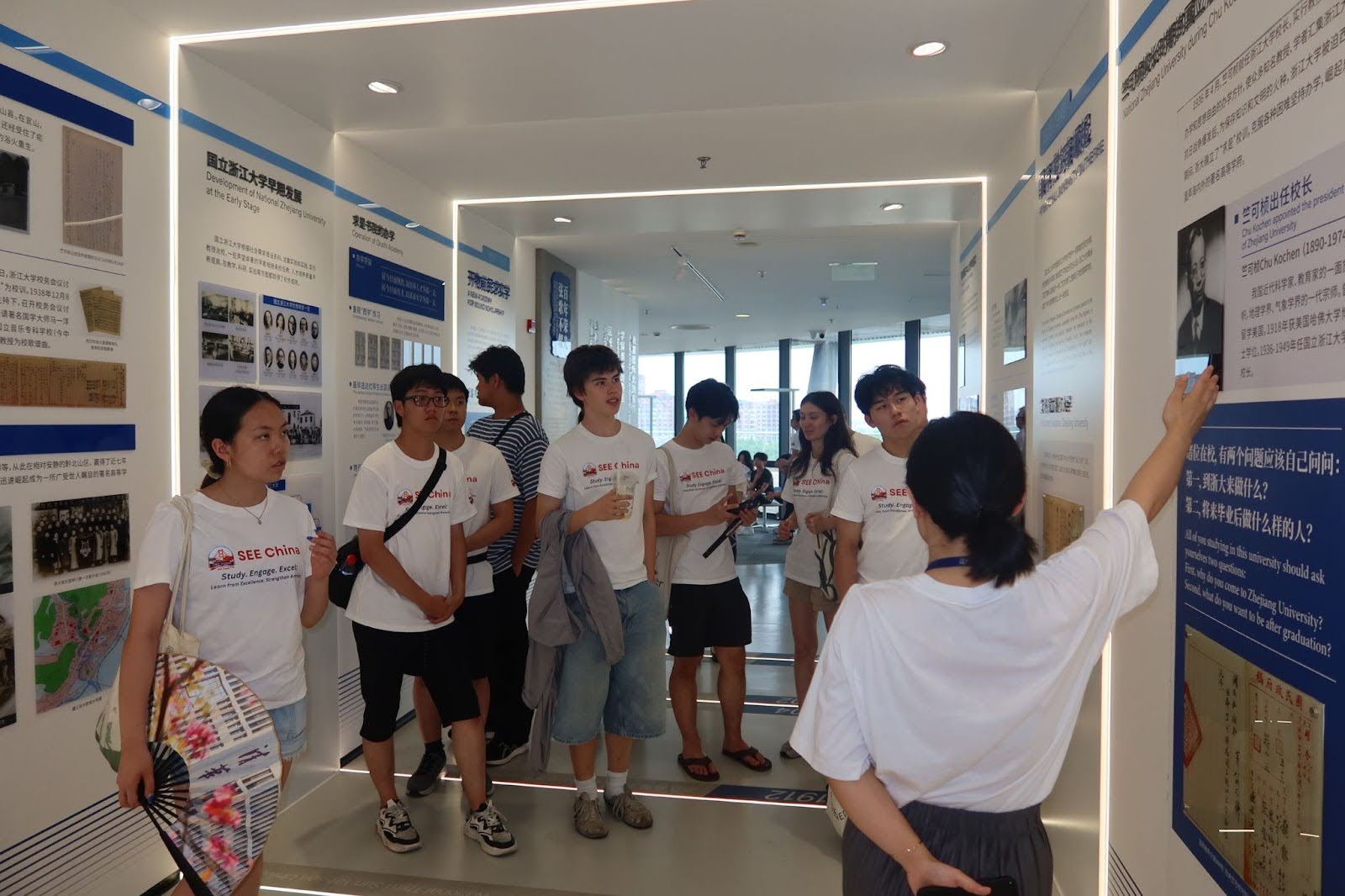
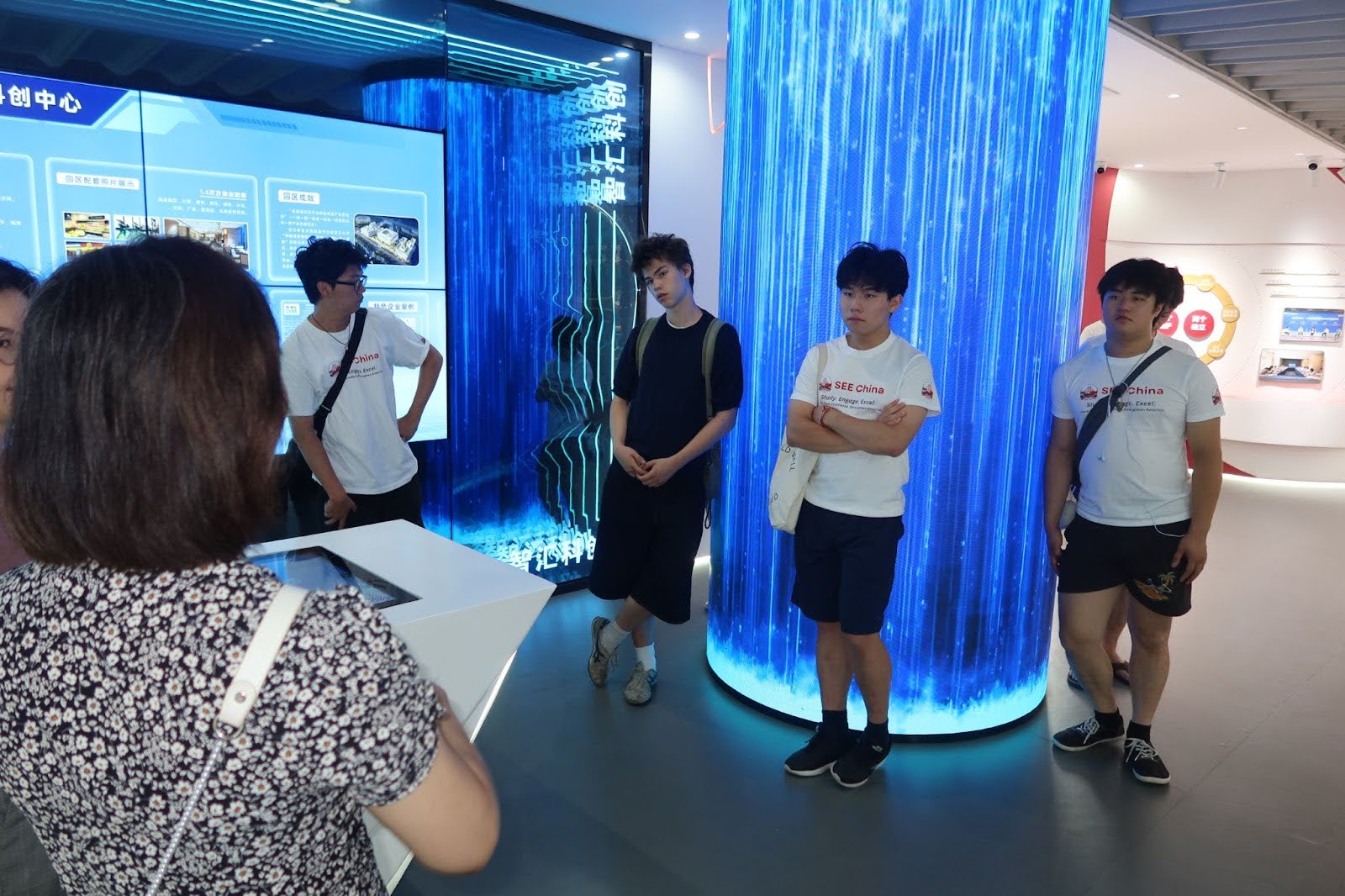
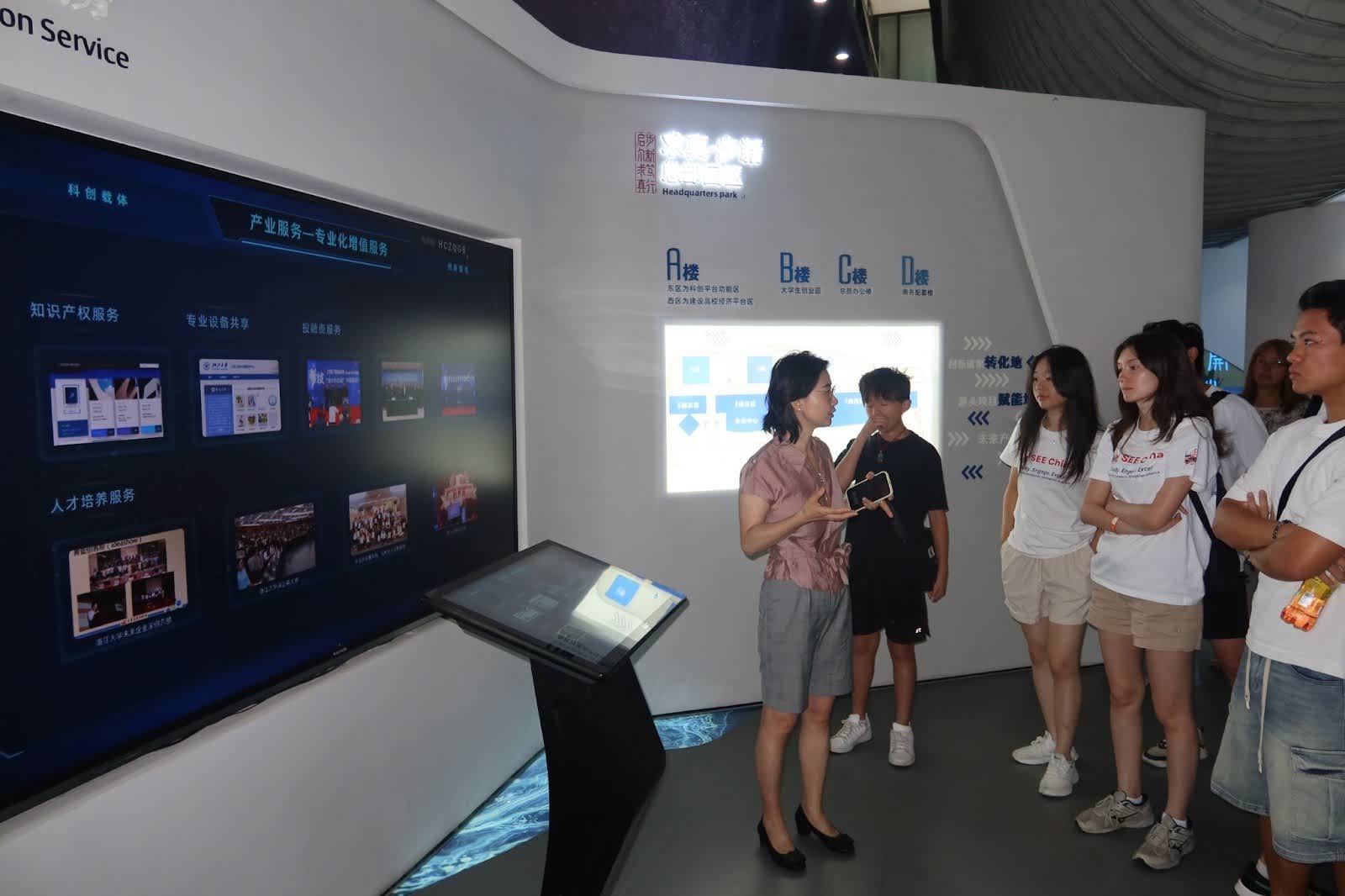
🇨🇳 University Feature | Zhejiang University (ZJU)
1️⃣ University Snapshot
Zhejiang University (ZJU)
📍 Hangzhou & Haining, China | Founded: 1897, originating from Qiushi Academy—older than Peking University
Consistently ranked among China’s top 3–5 universities and within the global top 50–100 (QS & THE 2025 rank #47).
Member of the elite C9 League, known for excellence in engineering, AI, biotechnology, environmental science, and innovation-driven applied research.
Ranks 5th globally in Nature Index 2025; leads in patents and technology transfer with over 6,000 patents by 2015.
📌 “ZJU is China’s model of innovation‑led education—where tradition meets tech‑driven impact.”
2️⃣ Why This University Matters to SEE China
As a cornerstone of Hangzhou’s innovation corridor, ZJU exemplifies the fusion of academic excellence, urban tech ecosystems, and global partnerships.
Its strong collaborations with Alibaba, local government, and research parks accelerate lab-to-market translation, earning it the nickname “mother of little dragons” in AI and robotics.
For SEE China students, ZJU offers a live case study of how research, policy, and industry converge to power national innovation strategies.
3️⃣ Higher Education Context & Comparison
Key Driver | Zhejiang University (China) | U.S. Counterparts (e.g., UC Berkeley, Georgia Tech) |
Productivity & Reform Efficiency | Top research output (Nature Index, Leiden, SCImago); high patent volume; close ties to Hangzhou’s tech ecosystem. | Similar research intensity, but slower lab-to-industry translation; variable scale and funding. |
Entrepreneurship & Innovation | Startups like DeepSeek, Deep Robotics, Unitree founded by ZJU affiliates; incubators with Alibaba & local govt. | U.S. focus on VC-backed spinouts; commercialization more structured and longer lead times. |
Research Influence & Breadth | 18+ Double First-Class disciplines; top 1% ESI in 15 fields; broad STEM and applied sciences strength. | Comparable breadth (e.g., Berkeley); U.S. elites typically lead Nobel and citation metrics. |
Local Ecosystem Integration | Adjacent to Alibaba HQ and national labs; benefits from Hangzhou innovation policies and funding. | U.S. universities in innovation hubs (Bay Area) but less direct state-industry alignment. |
4️⃣ Student Field Highlights
📷 Photos: Imperial-era gates at Hangzhou campus; Haining international campus; AI and robotics labs; startup showcases at ZJU Science Park; patent exhibitions
💬 Quote: “Walking from centuries-old campus gates into labs launching AI firms showed me how ZJU blends legacy with innovation.”
5️⃣ Student Takeaways
“Seeing DeepSeek and other ZJU-founded startups in action puts China’s tech ecosystem into perspective.”
“ZJU felt like UC Berkeley’s research excellence combined with Shenzhen-level tech speed.”
“Its location in Hangzhou meant direct access to Alibaba, local government programs, and innovation testbeds—nothing I saw in the U.S. matched that immediacy.”
6️⃣ Explore More
📄 Related: “From Lab to Startup: How Zhejiang University Powers Hangzhou’s Tech Boom”
🔁 Compare with: UC Berkeley STEM & tech entrepreneurship hubs, Georgia Tech innovation labs, MIT Media Lab spin-out pipeline
